My 1,400sqft: Inside Puppet Maker Ralph Lee’s Live/Work Space in Westbeth Artists Housing
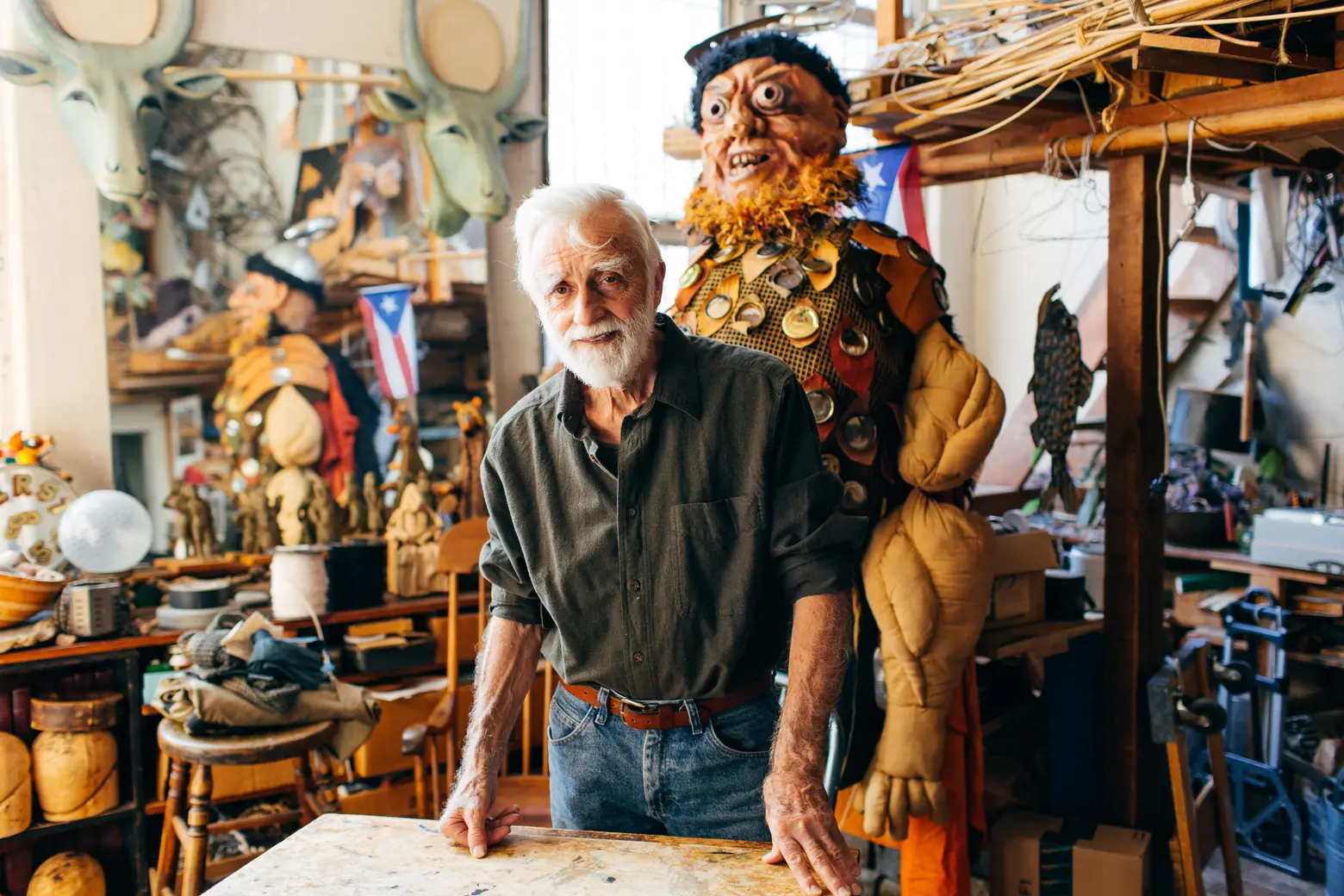
Our ongoing series “My sqft” checks out the homes of 6sqft’s friends, family and fellow New Yorkers across all the boroughs. Our latest interior adventure brings us to Westbeth Artists Housing in the West Village. Want your home to be featured here? Get in touch!
When the old Bell Telephone Laboratories building was transformed to the Westbeth affordable artists’ housing in 1970, one of the original creatives to move in was Ralph Lee, a theater jack-of-all trades who is best known for his larger-than-life puppets and masks. His whimsical creations served as the props for the very first Village Halloween Parade, an event that has since grown into an annual, nationally-known event. Today, his characters from the early days of the parade adorn his eclectic live/work studio in Westbeth, where he still lives and continues to make puppets and masks for his company the Mettawee River Theatre. Ralph recently invited 6sqft into his space, where we got up close and personal with the puppets and were able to see how the magic happens.
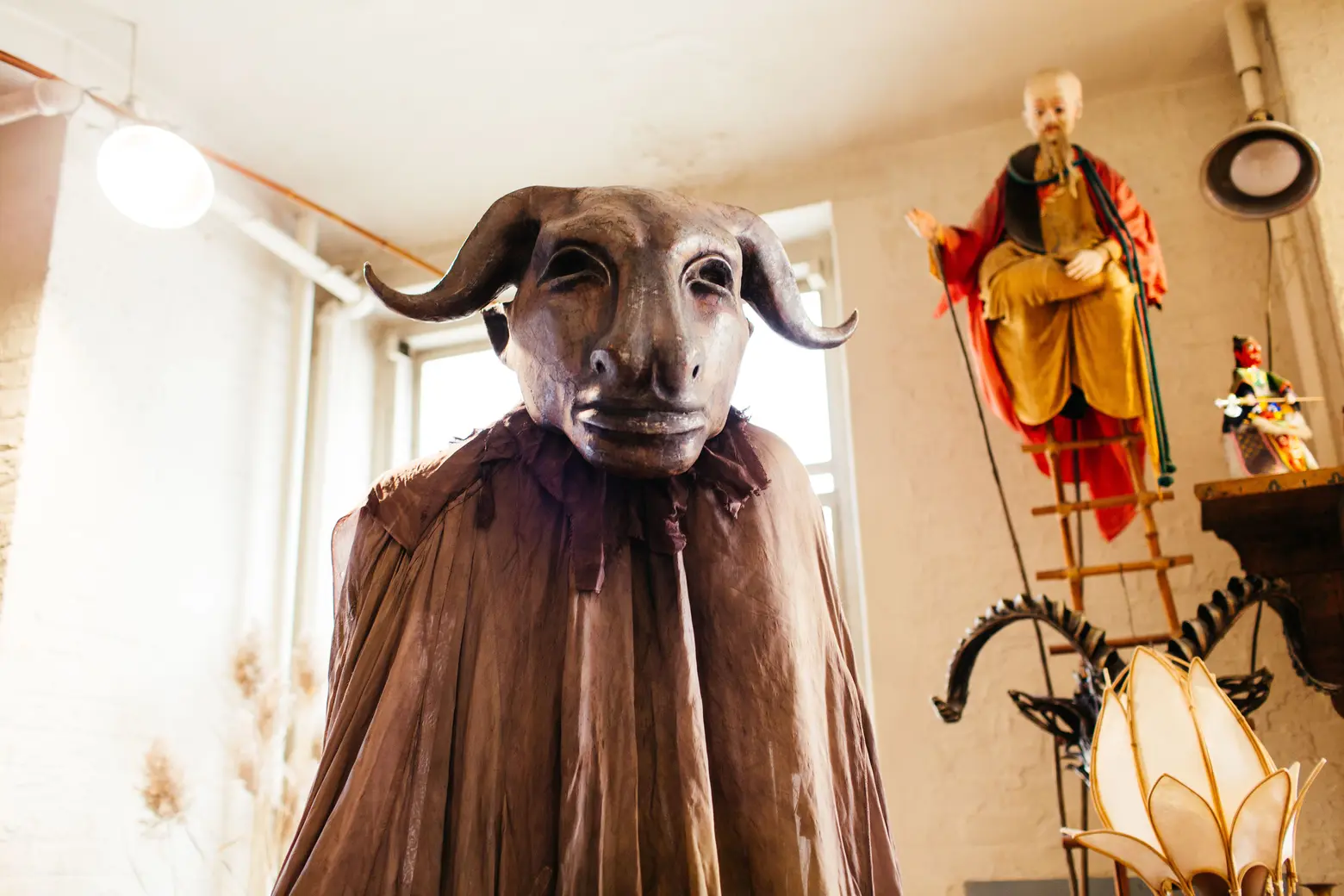
Hades; from an early Mettawee play where Persephone and Demeter go to the underworld
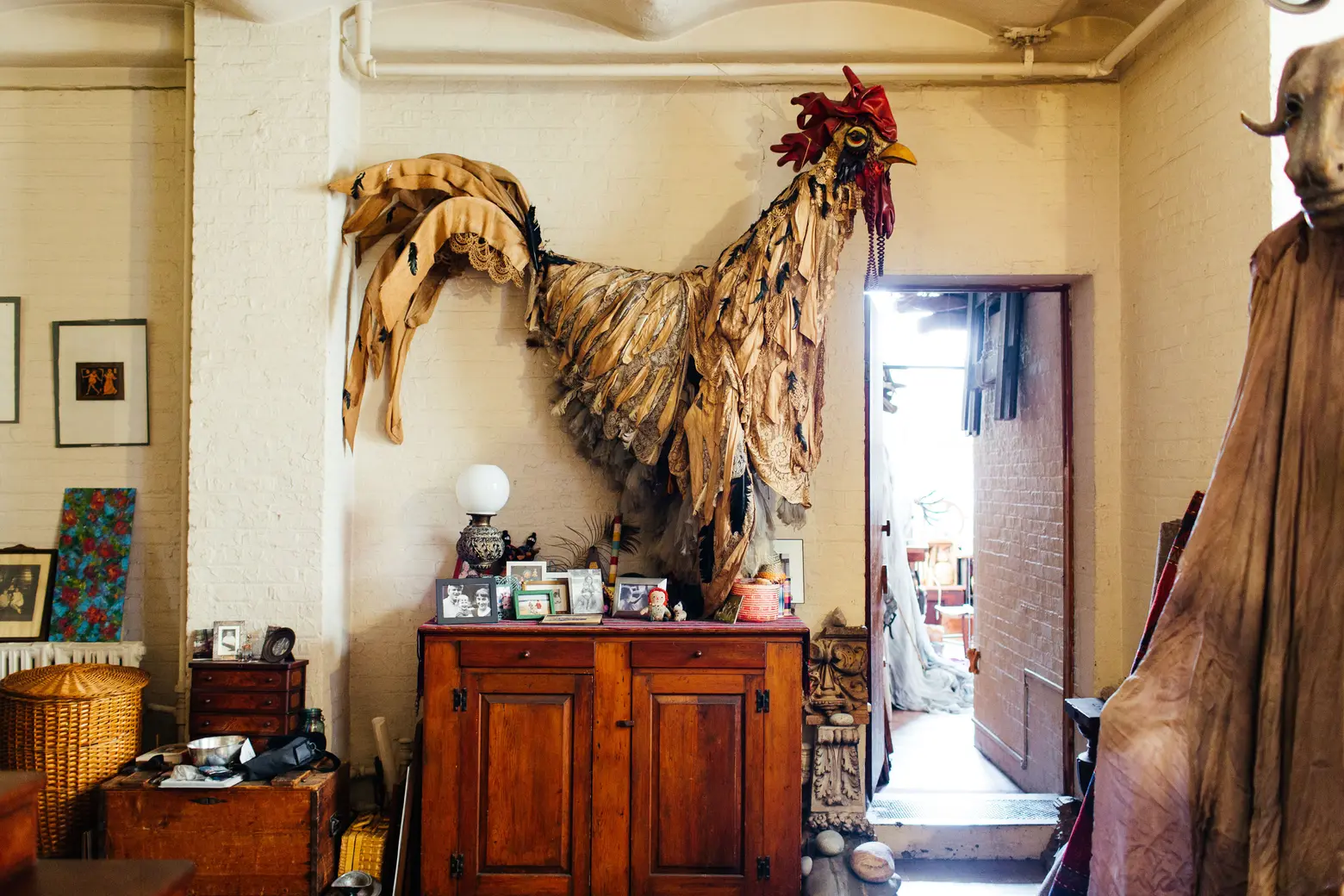
The rooster is from a short-lived opera at the New York City Center. It appeared in practically all of the Halloween parades.
6sqft: Can you start by telling us how you got into mask and puppet making?
Ralph Lee: From the age of seven, I wanted to be in the theater. I grew up in Middlebury, Vermont, and if they ever needed a kid to be in a local show, I was ready and waiting. There was a woman who also lived in Middlebury who showed me a basic way to make hand puppets, and I just went. By the time I was 15 or so, I had all these little shows that I could do based on Little Red Riding Hood, Jack and the Beanstalk, Ferdinand the Bull, and Winnie the Pooh. I would perform them at birthday parties and stuff like that.
I also started making masks. My mother taught modern dance at Middlebury College, and my father was Dean of Men there after World War II. They wanted to have masks for one of their dance performances, so myself and another student at the college started making them. In Middlebury, there actually was a Halloween parade. I started making masks for my own costumes, and of course, I won the prize. But it wasn’t until I was in college that I started making masks again. I made them for a few shows that I was going to direct at the school and so forth, and I got into it all over again.
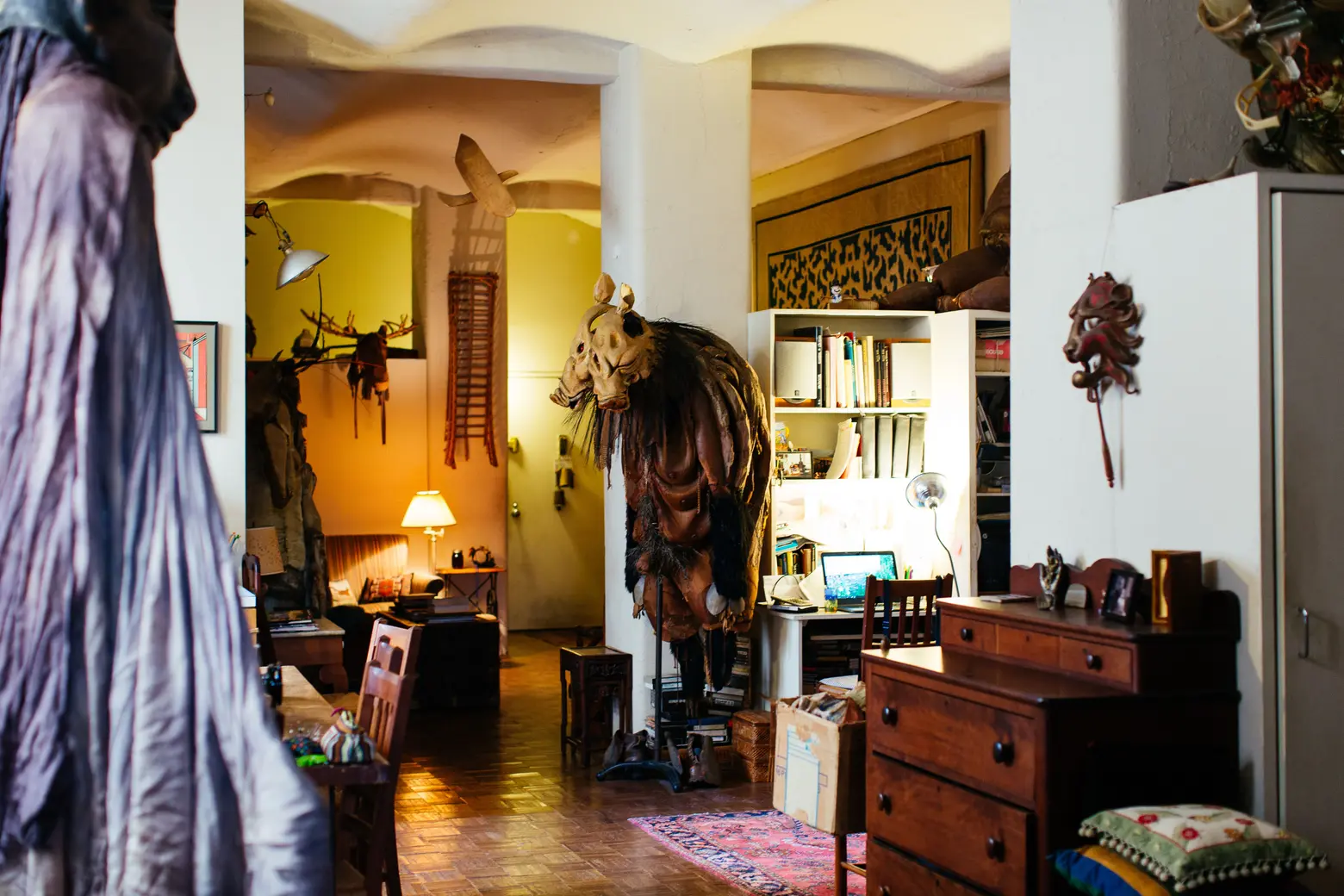 The living space. The two-headed pig beast was made for a Sam Shepard play.
The living space. The two-headed pig beast was made for a Sam Shepard play.
6sqft: You’ve also endeavored into some of the other arts. Can you talk a bit about this?
Ralph Lee: After college, I got a Fulbright to go to Europe. I was going to study mime, but the teacher with whom I was going to study came to New York the year I was in Paris. So, I studied some dance. The following year, I went to a one-year theater program at the London Academy of Dramatic Art. That was really the first time I ever had acting training. When I came back and started living in New York, I was looking for work as an actor.
That first year, I never knew how lucky I was, but I was in a Broadway show. I only had one line, but it was Broadway. I was really interested in the place where the costumes were made. I thought, “When this show closes, I’m going to go back here and see if they want anybody to make some things for them,” which is, indeed, what happened. I made some masks for “A Midsummer Night’s Dream.” They were doing it in the park for the Public Theatre. I made the ass’s head for that. Then I started making little puppets and costumes for Shari Lewis’s Puppets; I made props for Lamb Chop.
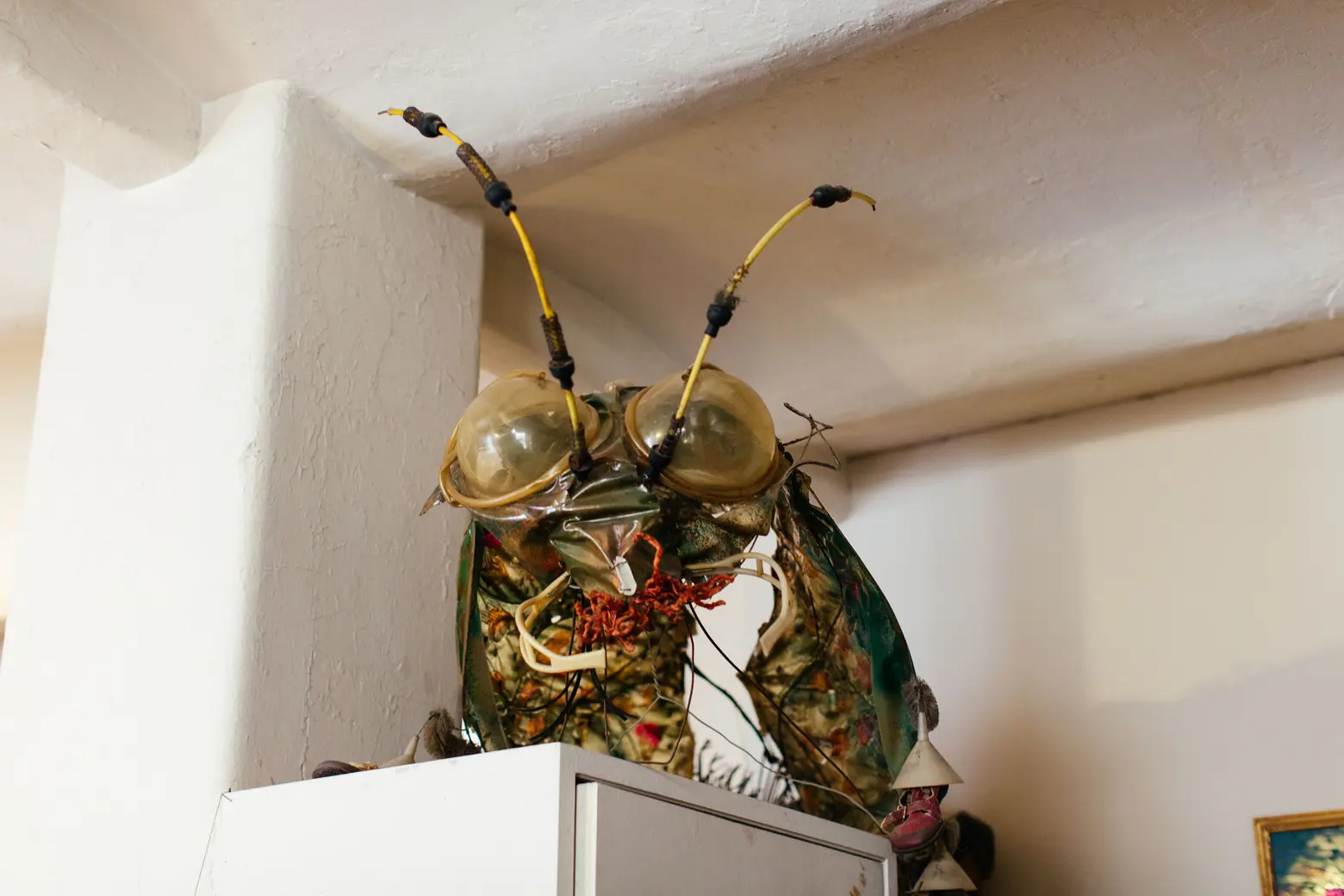
A dung beetle from Mettawee’s first production in 1976, based on a play by Aristophanes.
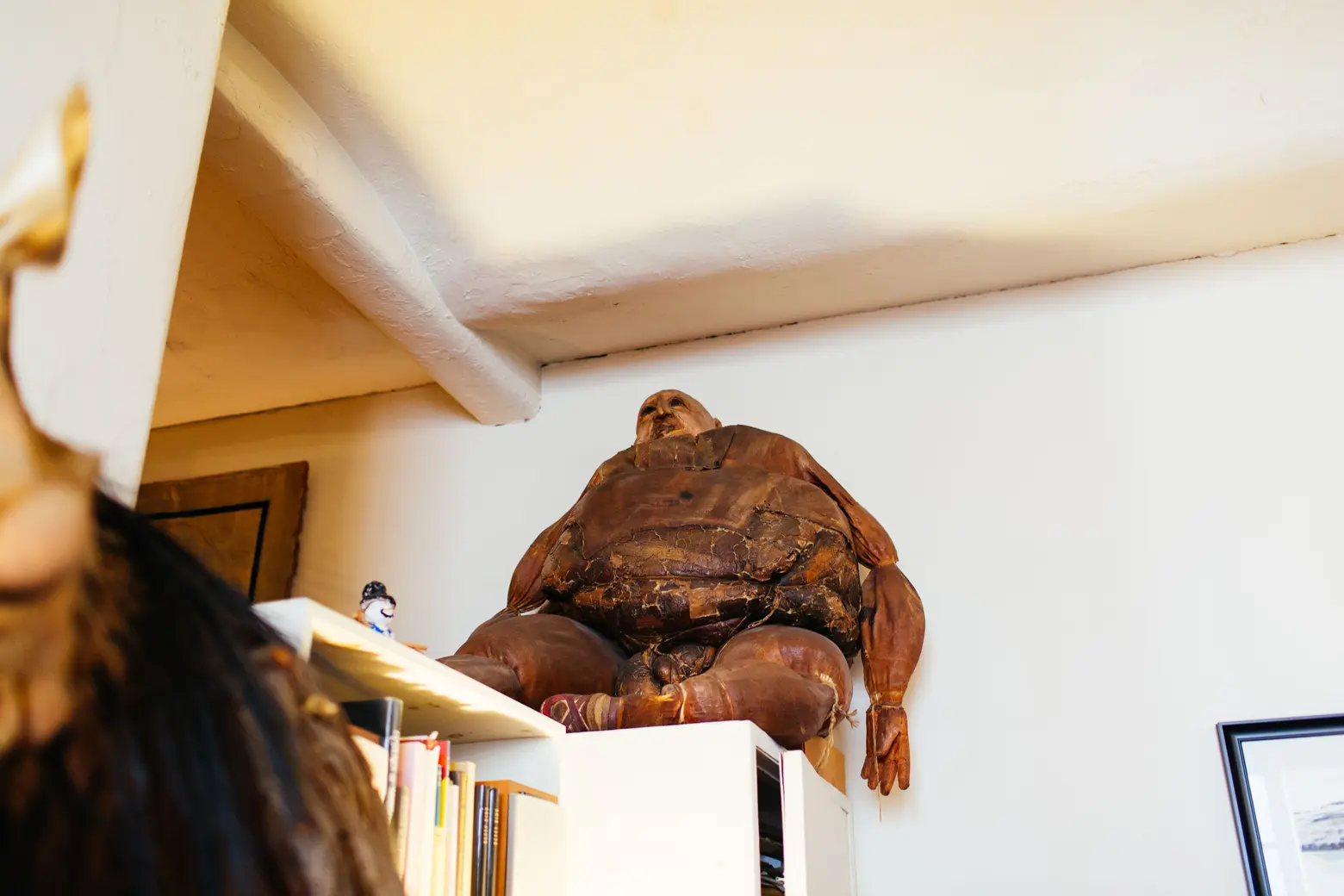
The Emperor Hadrian, for a play at the Theater for the New City.
6sqft: How did you juggle both your acting and costume-making careers?
Ralph Lee: I started getting all this work making odd props and puppets and masks, but I still wanted to be an actor. Eventually, I worked for kind of an avant-garde theater company called The Open Theater, which was run by a guy named Joe Chaikin. He was a very adventurous kind of director and really on the cusp of theater. I worked with him for five years, but at the same time, I still made masks for other companies. It was always a very convenient occupation to have because I could do it on my own time. Even if I was in a play, late at night, I could still work on my masks.
6sqft: When did you start creating your own theatrical productions?
Ralph Lee: I was teaching at Bennington College, and they asked me to direct a show. I thought, “I’ve got all these puppets and things that I’ve been accumulating. Why don’t I do something outdoors on the landscape?” I worked with a playwright whose name is Nancy Feld. We concocted this event that took place all over the campus. There would be other actors who would lead the audience around from one location to another. It was a gigantic undertaking; I felt like I was some kind of general in the Army trying to get the parts of this event together, but it turned out really well. It was the first time I’d seen my big puppets outdoors.
6sqft: Did this have any influence on the Halloween Parade?
Ralph Lee: Yes. I realized that my puppets had much more of a life outdoors. The next fall, I was back in the city. The Theater for the New City had been asking me for a good number of years to do some kind of a Halloween event. I’d turned them down because I was working with the Open Theater, but that year, I thought, “Yeah. Let’s do it,” and we did the first Halloween parade in 1974.
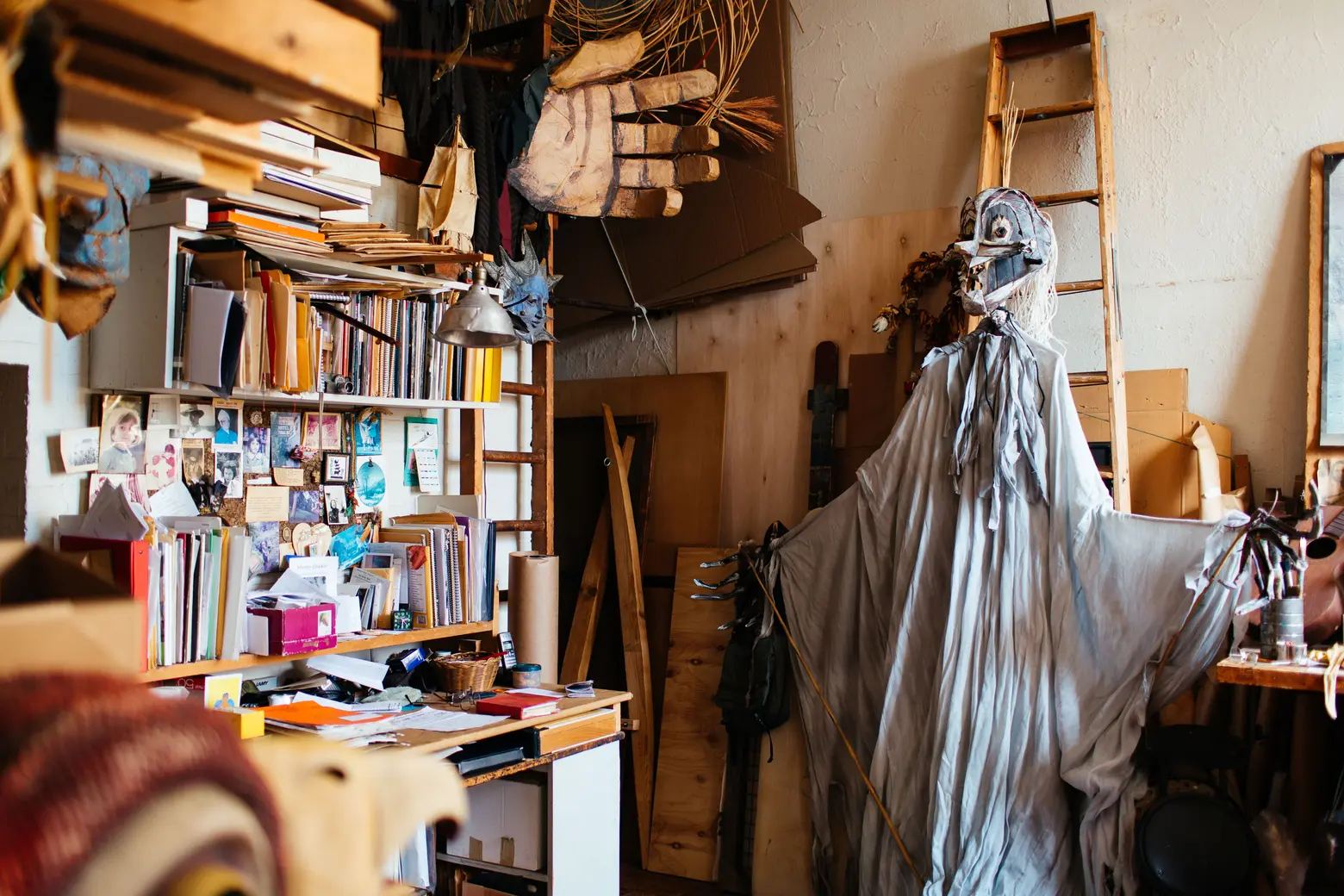
Ralph’s studio is in the back of the apartment, looking out onto the Hudson River.
6sqft: What were those first parades like?
Ralph Lee: The parade was conceived as a mile-long theater event. It was going to start at the Theater for the New City and end up in Washington Square. There were going to be scenes along the route of the parade–little dance numbers and various kinds of events. People would be encouraged to walk in the parade as well. After the second year, I felt the event needed a lot more attention than it could get as just one event on the Theater for the New City’s schedule, so we started our own not-for-profit organization at that time.
6sqft: How did the parade transform after that?
Ralph Lee: The parade just continued to grow and grow and grow, and more and more people were coming every year. In some ways, I still wanted it to be a community event because it was really nice for people who were watching the parade from their door stoop to then join the route or find some friends walking. But we still had the same basic shape of people marching, wearing all these things, and events happening in people’s houses, on balconies, on door stoops, on roofs of buildings.
After the fourth year, we shifted the route so that we would start at Westbeth and go by the Jefferson Market Library where we had a spider that went down the tower. We’d run workshops with kids, and they would make silhouettes that were put in the windows of the library; that became a big focus for the parade. The route also shifted so that we went across 10th Street and then down 5th Avenue. We gained access to the roof of the arch, and this fat devil would be up there waving to the crowds and so forth. He would slide down on a wire into the middle of the fountain area. We had all kinds of things like that going on. We had many different stages with jugglers and people doing magic tricks and samba bands and so forth, and all this stuff was happening in Washington Square.
All this time, we had a wonderful rapport with the cops. We’d meet with them before the parade and show them what the route was that we wanted to use. Occasionally they’d say, “Wherever there’s a corner in a parade, it requires a ton of police activity.” They kept begging us to flatten out the parade, have less places where it had to turn a corner. We could deal with that to some degree, but in order to get from Westbeth over to Washington Square, you had to zigzag some.
At that point, we were, I think, the only parade that ever went across town. It kind of pleased me in a way because we would stop so much traffic. The whole idea was that, okay, this is one night when the streets are for people. We didn’t allow any motorized vehicles in the parade at all. Some people would beg us to let them put their crazy, old car or something in the parade. We’d say, “If you want to have that in the parade, you have to push it.” A few people did that, but I didn’t want to have any exhaust fumes there. We managed to really do that throughout to, at least some degree, keep it as a community thing. The parade kept getting larger. More people and more people were coming. We had to have many more police than we did before.
6sqft: When did you decide to stop your involvement with the parade?
Ralph Lee: Eventually, they insisted that we switch the route of the parade and have it go up 6th Avenue, which really changed the whole character of the parade as far as I was concerned. That was the 12th year of the parade, and by that time, I’d kind of had enough. I realized it was no longer what I wanted it to be, and so that’s when I bowed out.
6sqft: Did you stay connected with Halloween in NYC through any other projects?
Ralph Lee: I continued doing all other kinds of Halloween events. For about ten years, we were doing a big event at the Botanical Garden in the Bronx where we’d have all these characters stationed along a path, and people would come along and witness them in these wonderful locations. We also did other Halloween events in Grand Central Station and the World Financial Center, as well as on the High Line working with kids. The big event that I still do is up at the Cathedral of St. John the Divine.
6sqft: Has your work appeared anywhere that might surprise people?
Ralph Lee: The one sort of “claim to fame” I have is that I made the land shark for Saturday Night Live. I’ve made stuff for the Metropolitan Opera, the Living Theatre in contrast, and a lot of dance companies.
6sqft: Though you often get so much recognition for your work with the Halloween parade, you also run the Mettawee Theater. Tell us a bit about how that got started.
Ralph Lee: We’ve been in existence for 40 years now. Casey [my now wife] has been with it from the very beginning. She and a bunch of Bennington students decided they wanted to do this theater, and after their second year, they asked me to join them. I was happy to do it because we were going to be working in upstate New York and going to communities where there’s little or no theater. I kept thinking that I wanted to be in a situation where I was reaching a broader audience. We went to as many as 40 different towns, but we’ve cut that down in recent years to more like 20 towns, which is still a lot.
We hardly have to do any publicity at all. We send out a flyer, and it will be in the local newspaper. We show up in the later afternoon and start setting up for the show and think, “Is anybody going to show up?” By the time the show is going to start, we have an audience. It’s just been really great.
We actually start our rehearsals here in the city because our company is drawn from New York City actors. They have to want to be outdoors working with giant puppets and masks and really be willing to tour around, be the stage hand as well as the performers, cook meals; it’s a different sort of existence. Nobody’s going to wait on them in any fashion. No stage hands. We found people who really just thrive in those circumstances and are so happy to be out of the city.
6sqft: Do you want to talk a little bit about how you came to live at Westbeth?
Ralph Lee: I am one of the original tenants from around 1970. My first wife and I had three kids, and we actually had a really nice apartment on West End Avenue. In those days, it was not even very expensive. It had three bedrooms, a couple of bathrooms, a foyer; it was less than $300 [a month]. But the idea of moving to a more open environment where there were going to be a lot of other artists was very intriguing to us. We came down and got this apartment, and I’ve been here ever since.
6sqft: Do you feel like the population in Westbeth has changed since you moved in?
Ralph Lee: It’s really interesting because there’s a whole bunch of us who moved in at the beginning. A lot of us are still here, and we’re all getting old. Sometimes I think, “Am I in an old folk’s home?” I’ve been with these same people for 40 years. Joan Davidson and the Kaplan Fund spearheaded this whole idea of making affordable space for artists to live in, and we’ve had the incredible luck of having very reasonable rents for all these years. It’s still an incredible god-send to have this kind of space.
+++
* This post originally appeared on 6sqft on December 2, 2015 *
RELATED:
- A History of the Village Halloween Parade: Puppets, Performers, and NYC Pride
- My 1,000sqft: Tour an Interior Designer’s Classic Greenwich Village Apartment and Terrace
- Studio Visits: Inside Made in Americana’s Bed-Stuy Workshop and Collaborative
- My 1,680sqft: Artist Anne Peabody Invites Us Into Her Landmarked Clinton Hill Carriage House
All photos taken by Erin Kestenbaum exclusively for 6sqft. Photos are not to be reproduced without written permission from 6sqft.
Explore NYC Virtually
Leave a reply
Your email address will not be published.
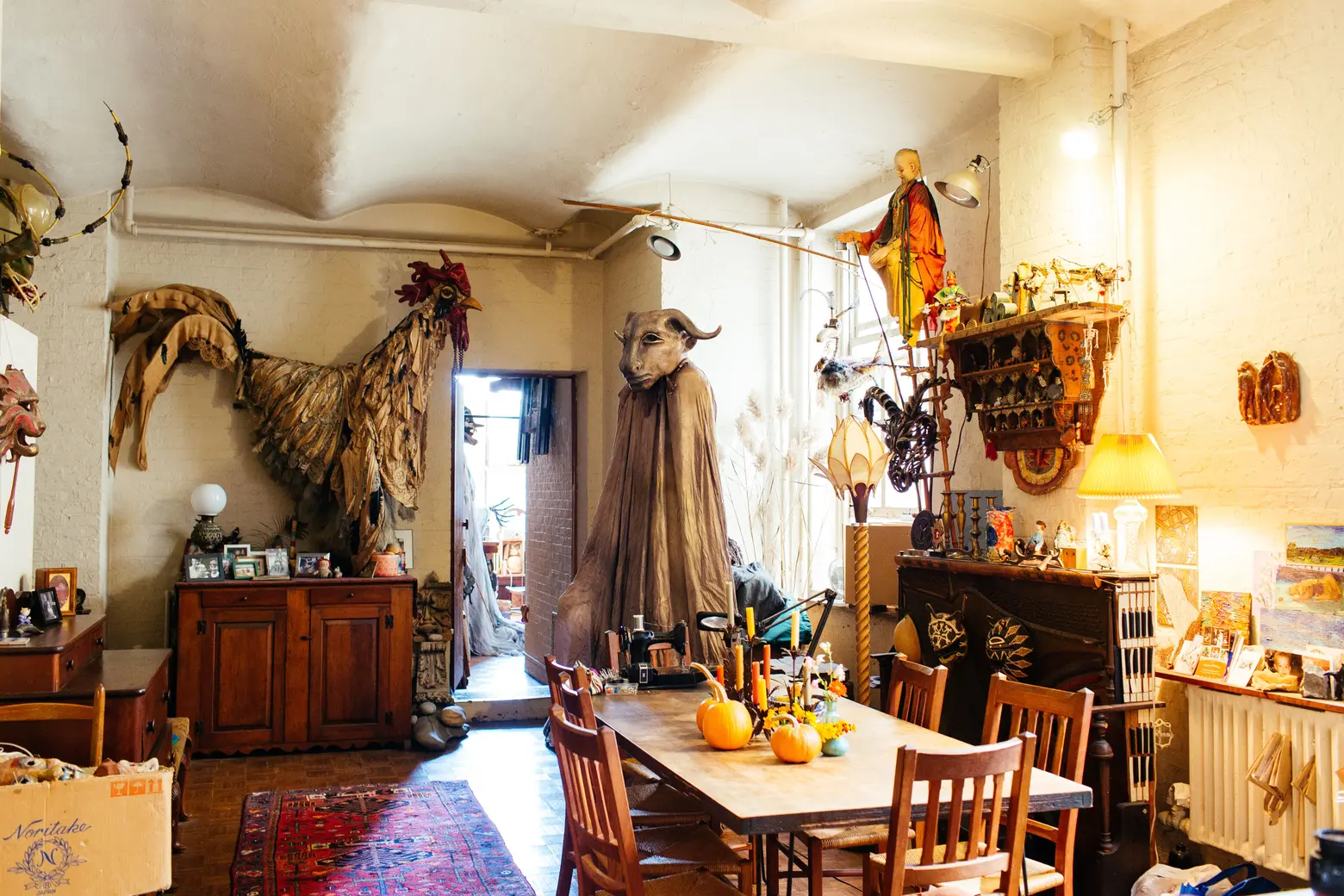
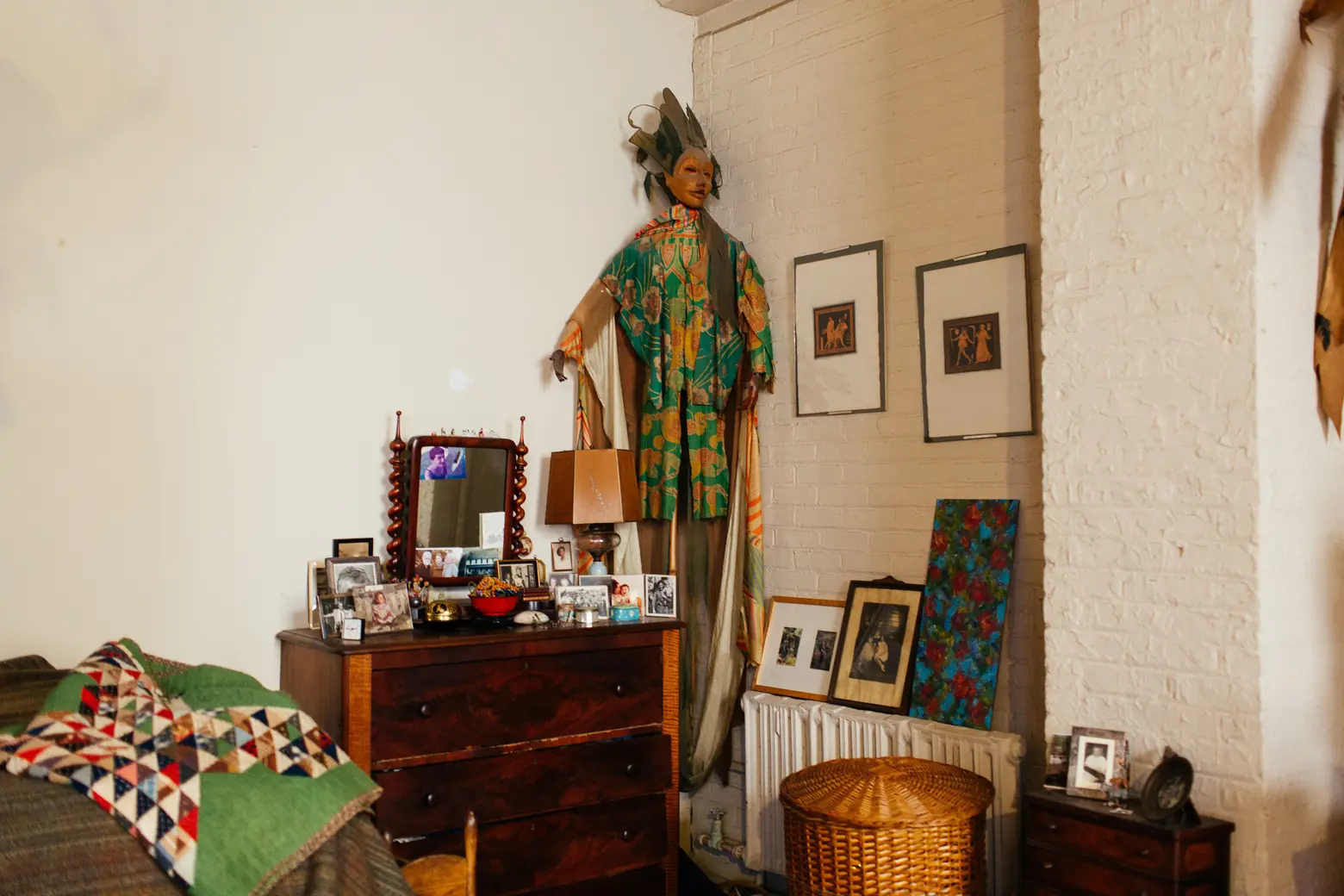
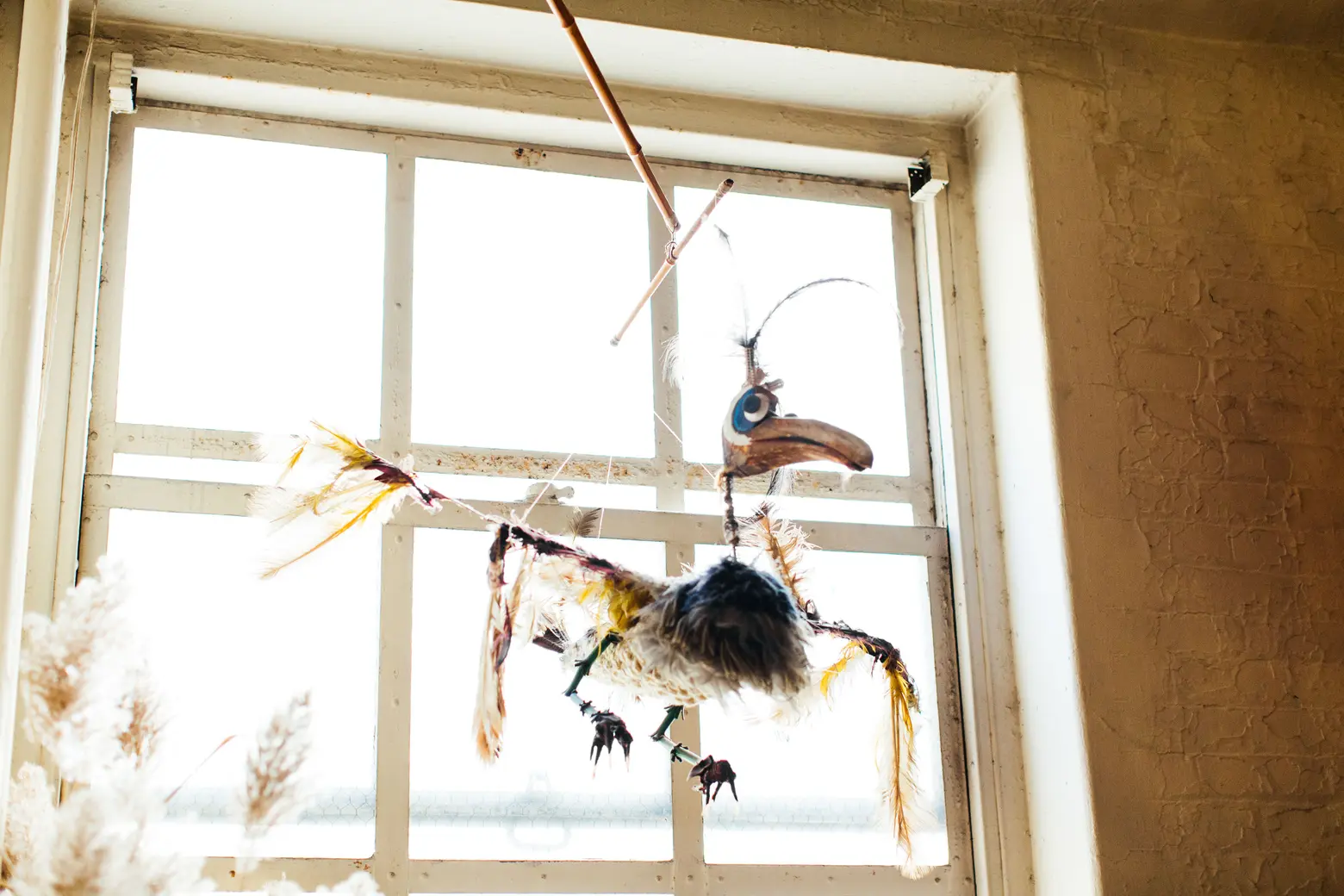
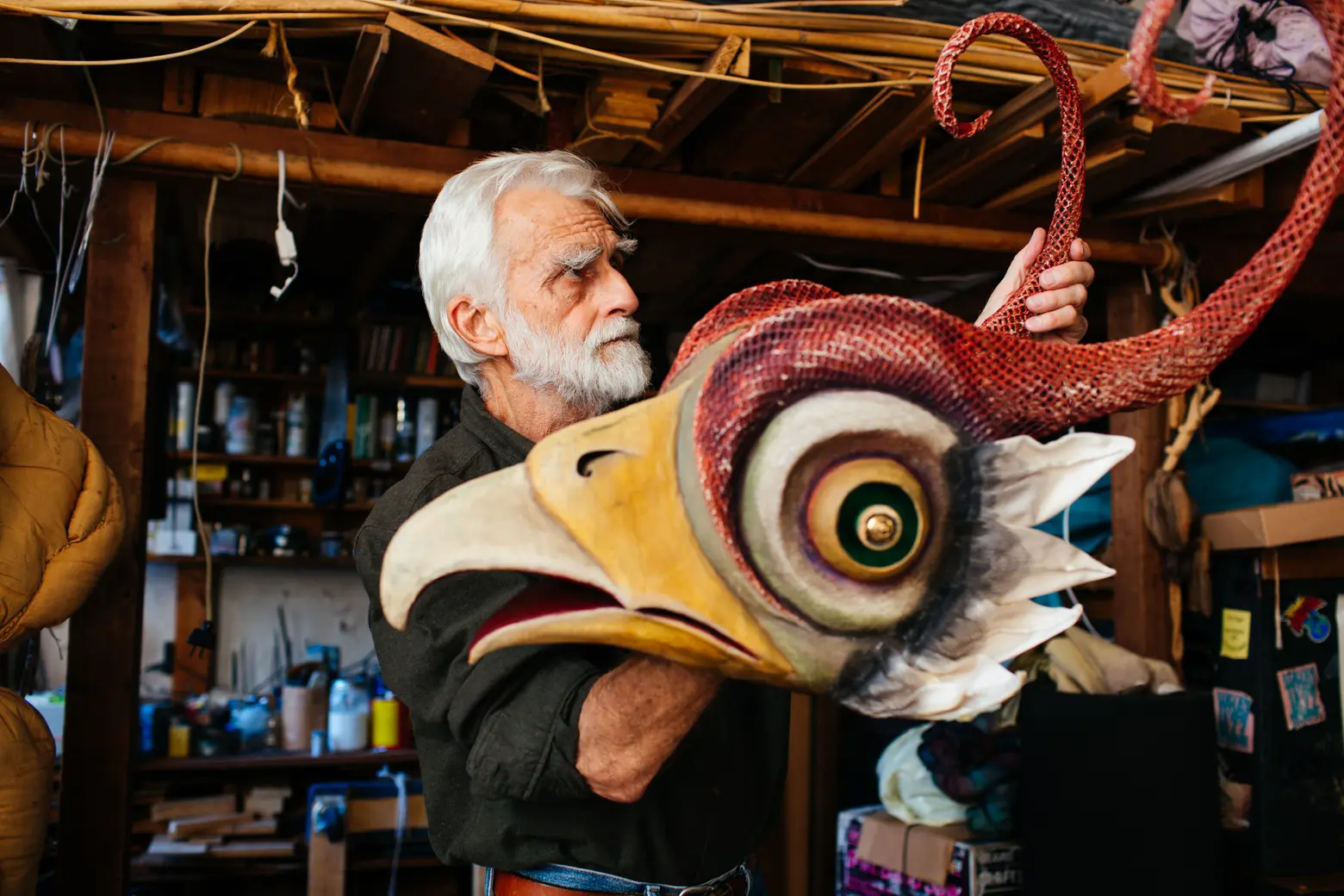
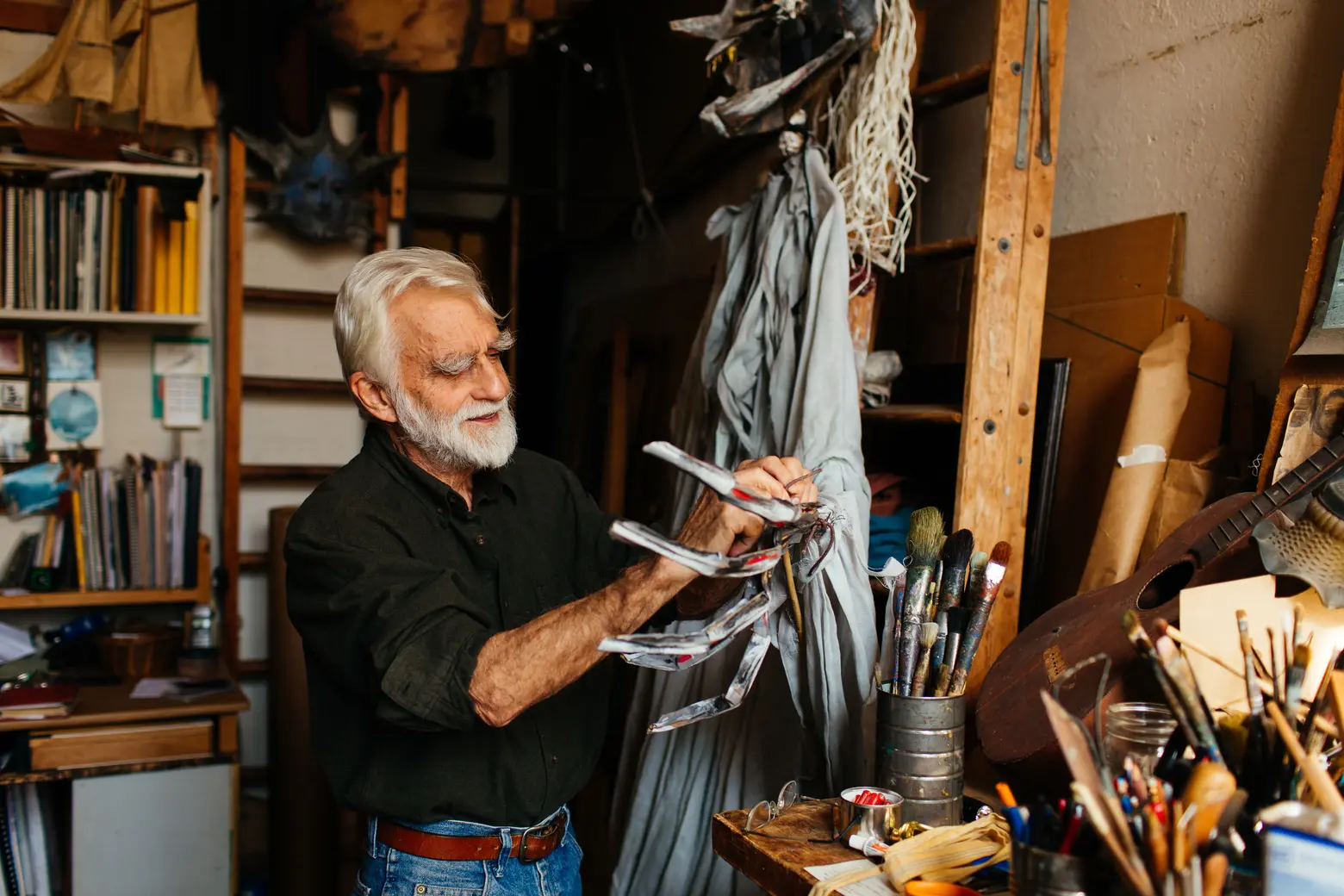
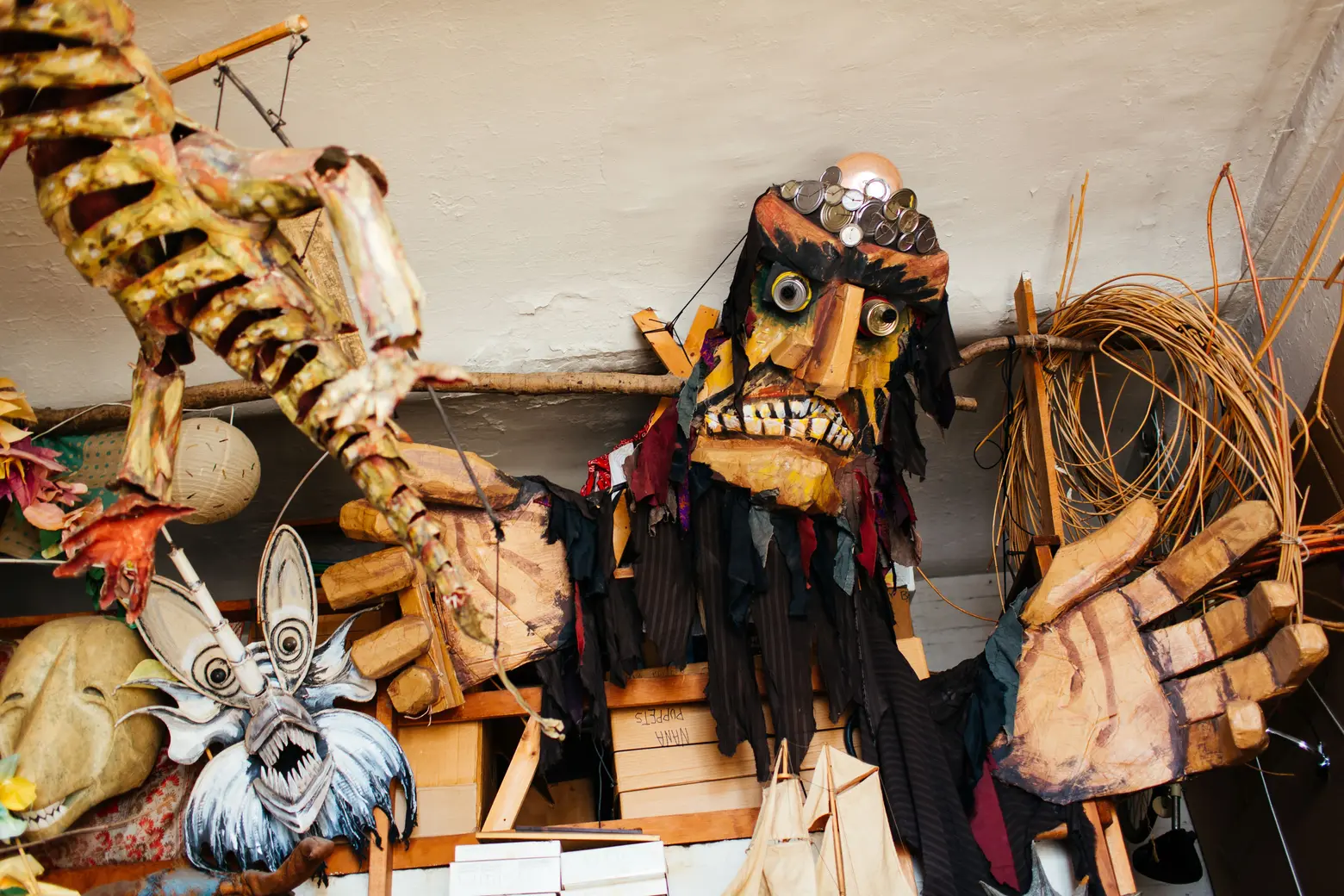
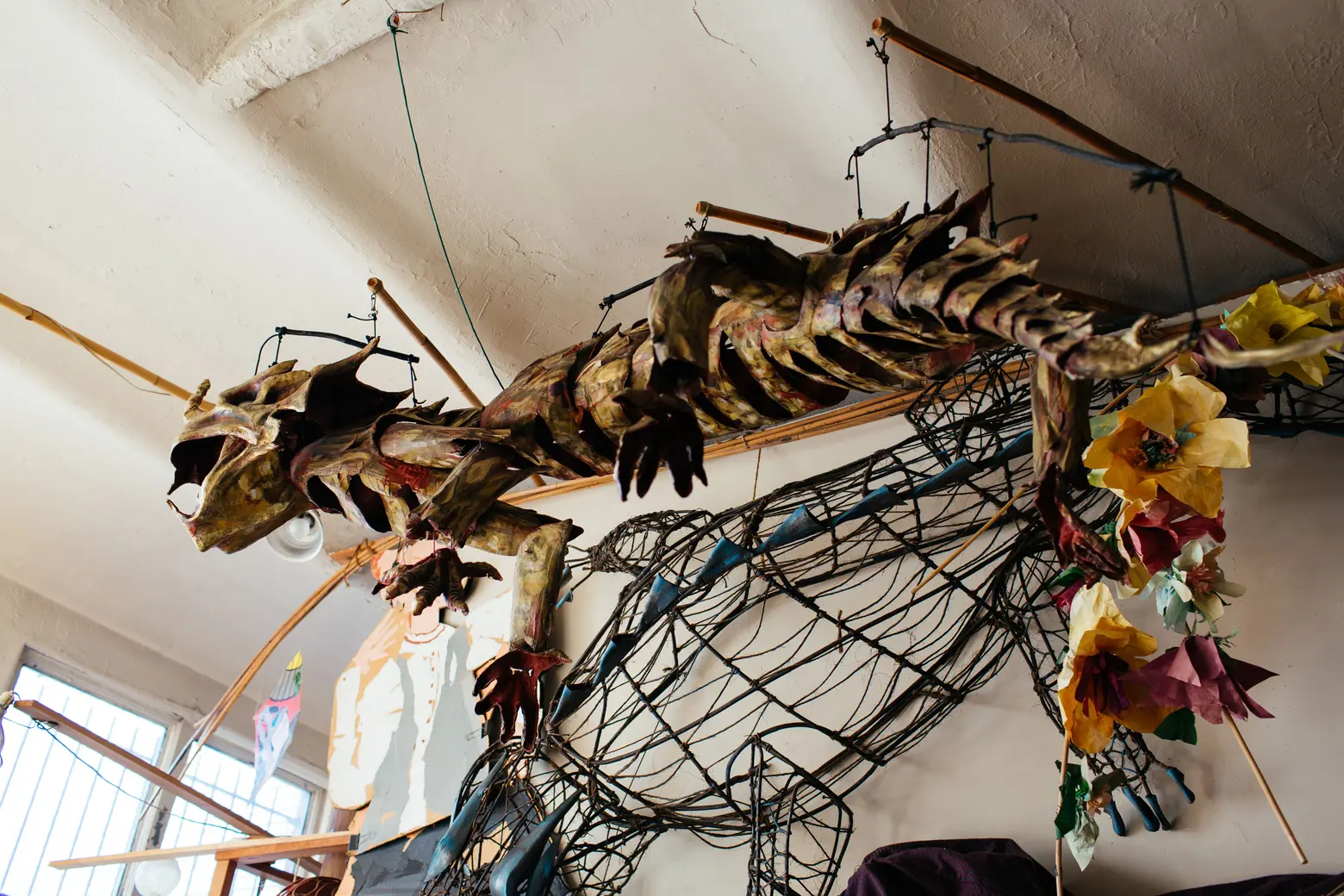
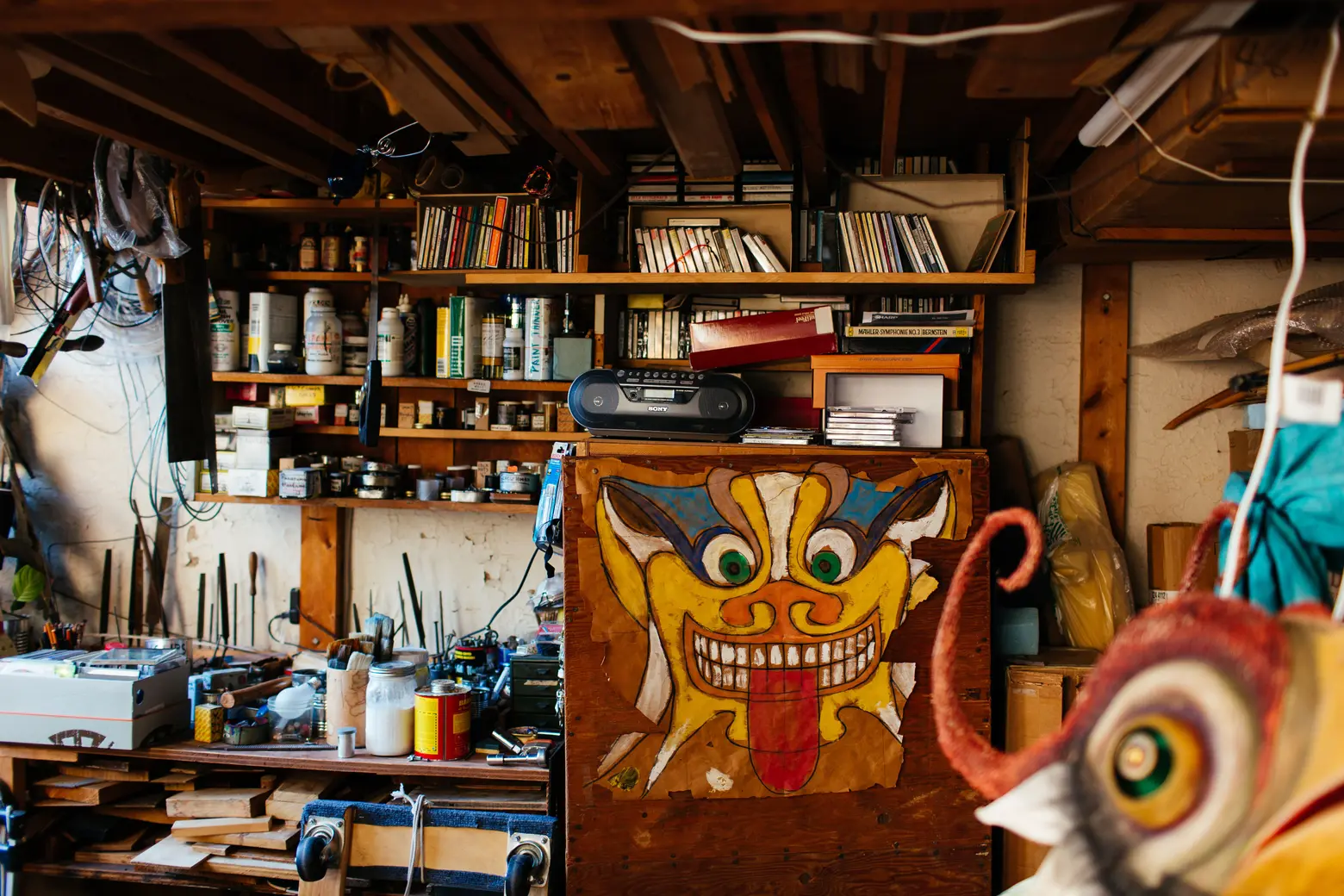
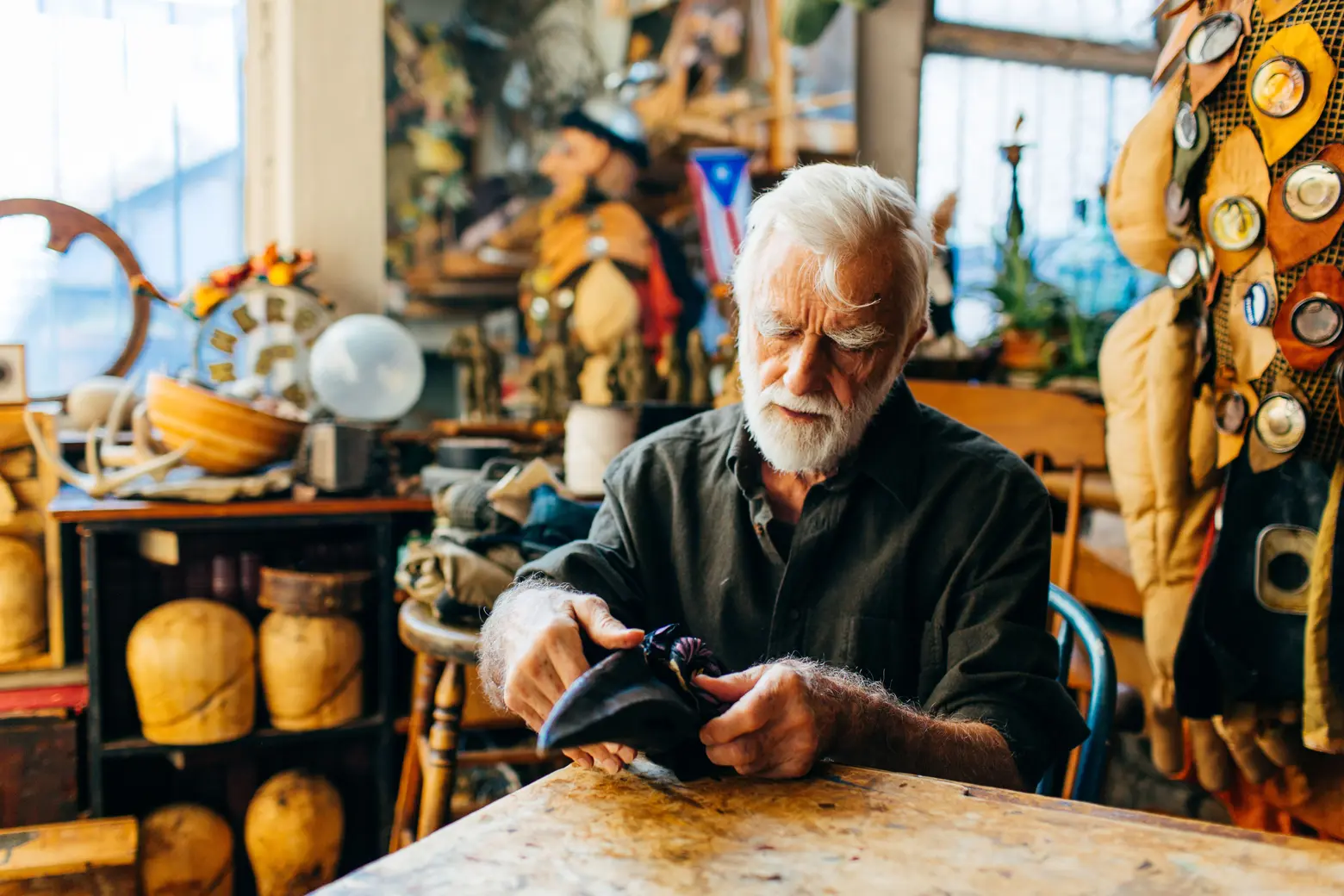
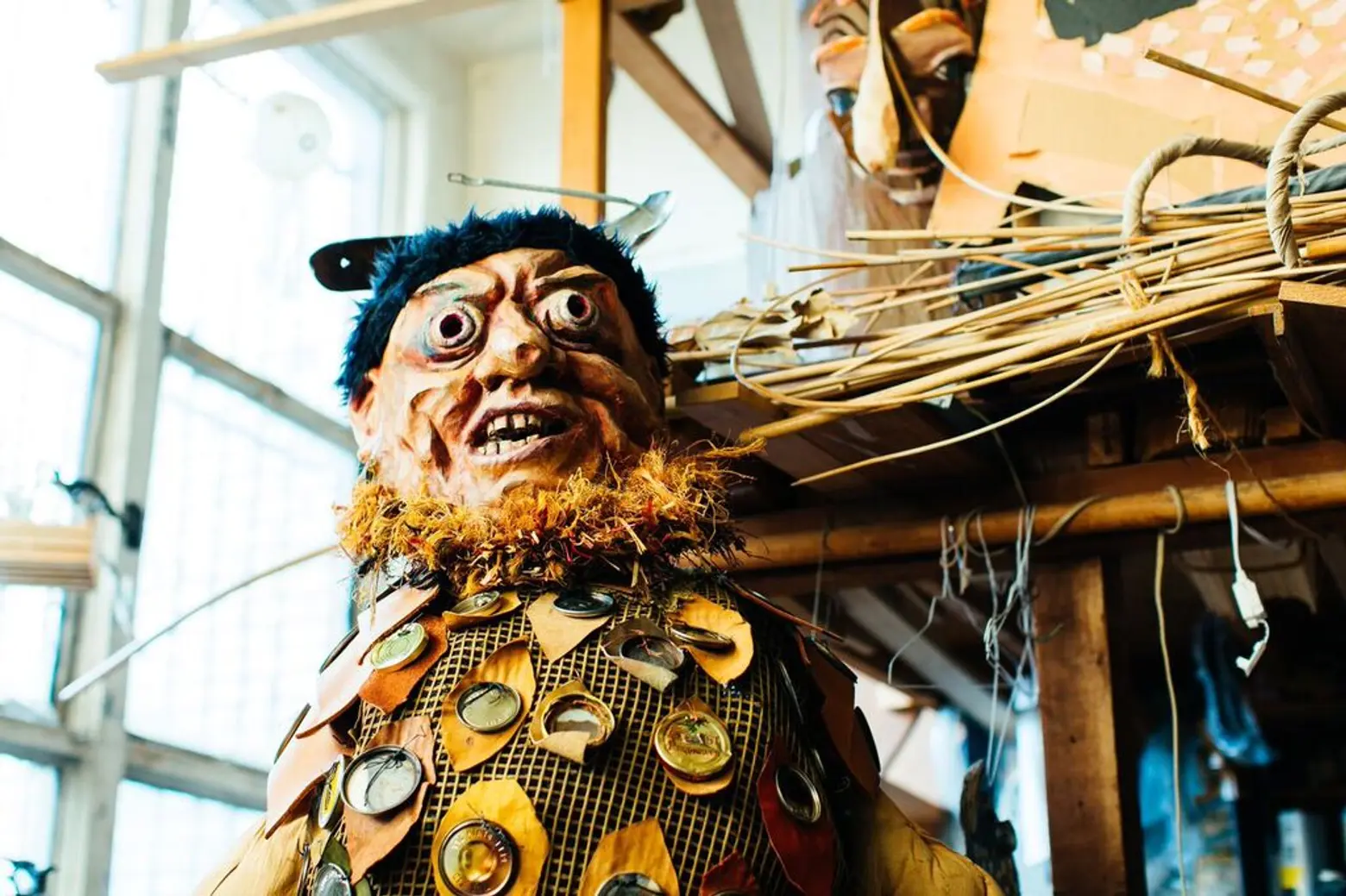
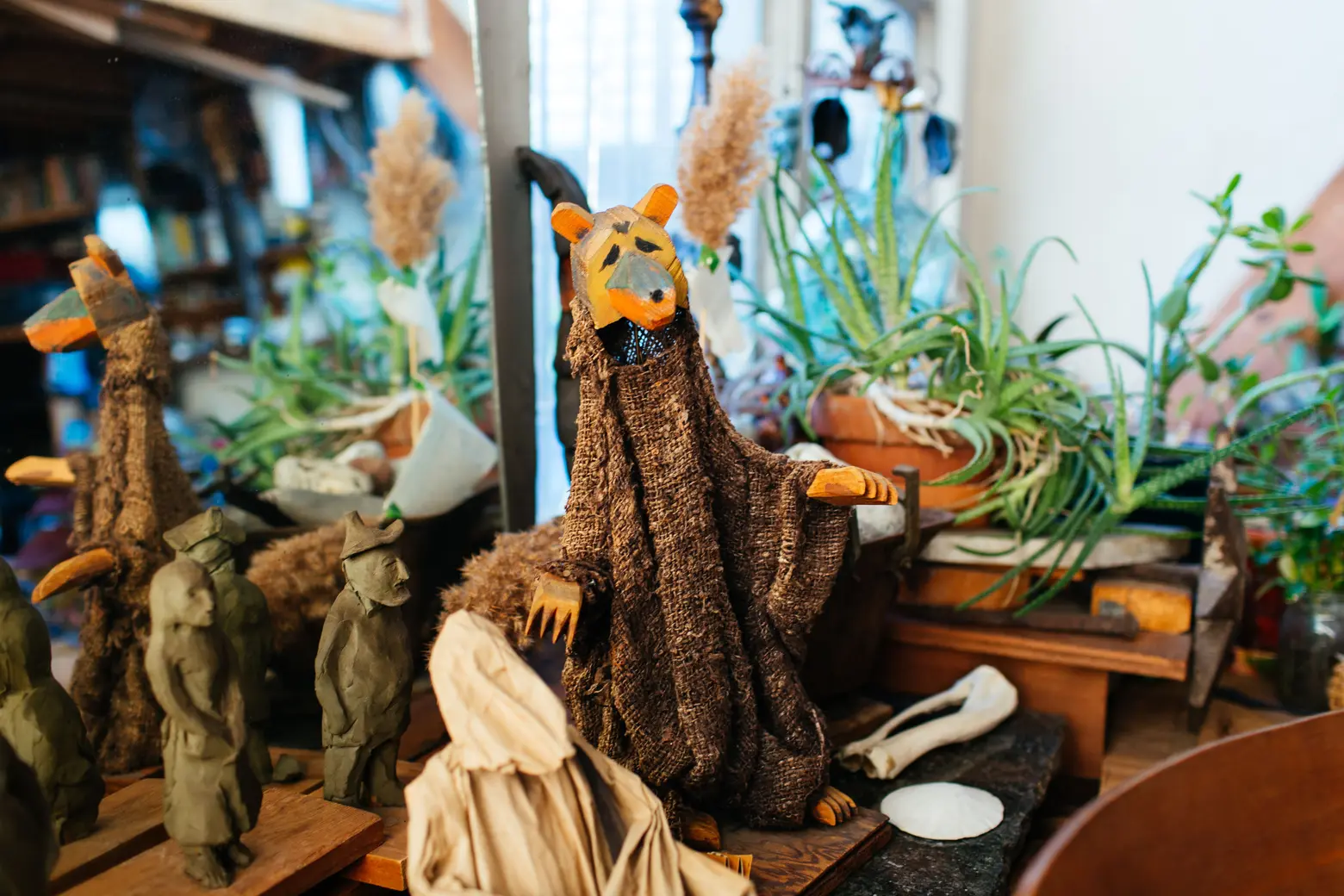
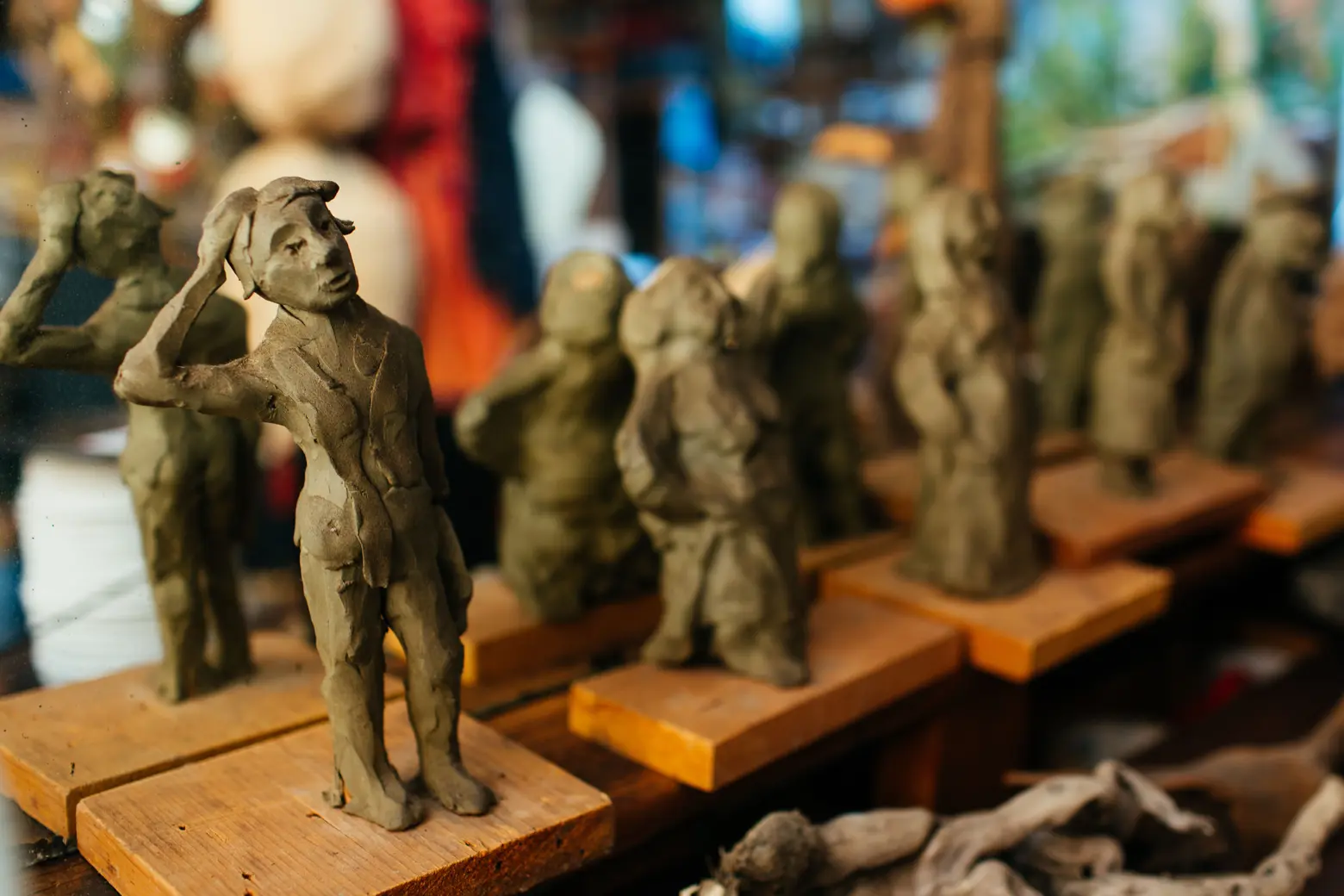
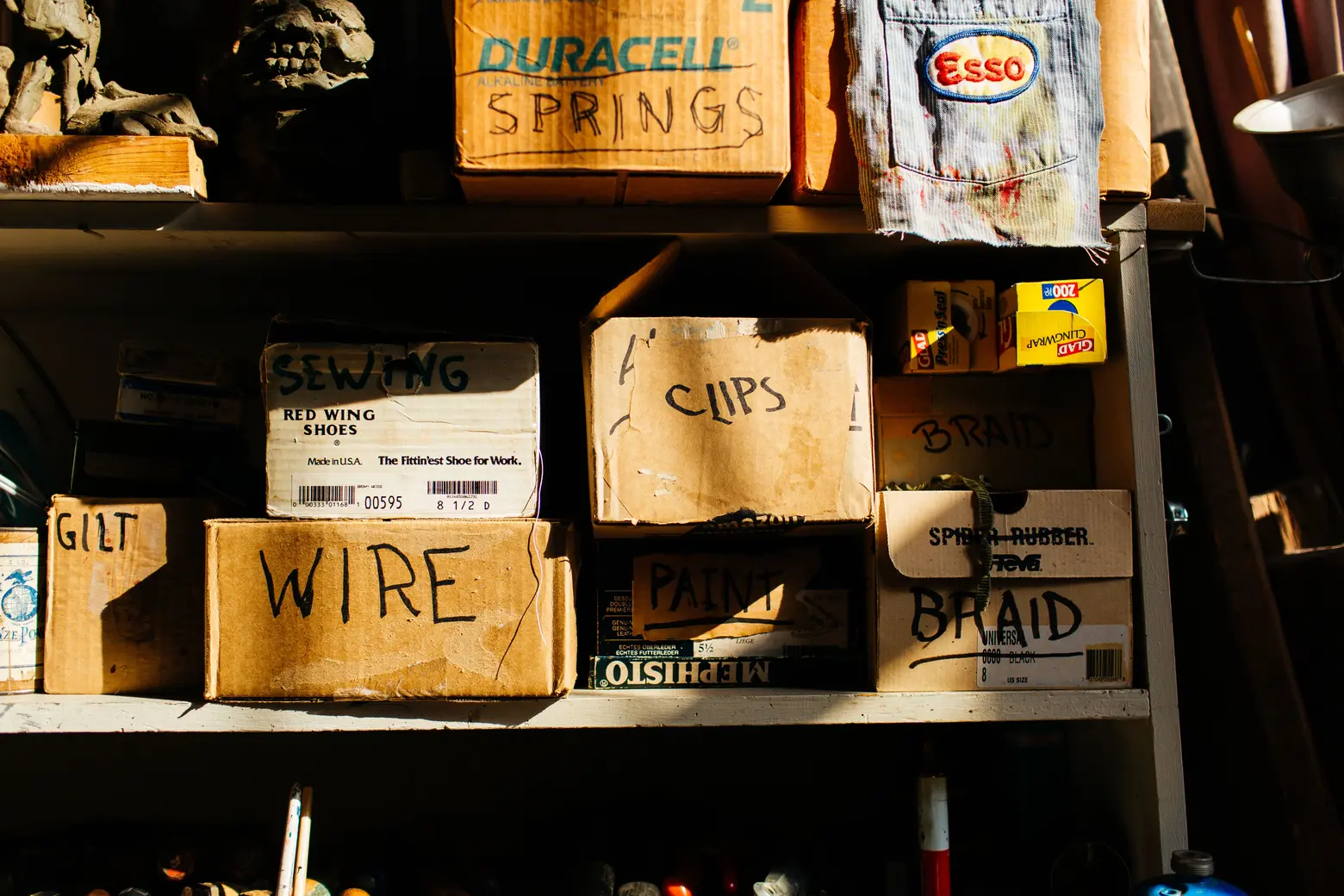
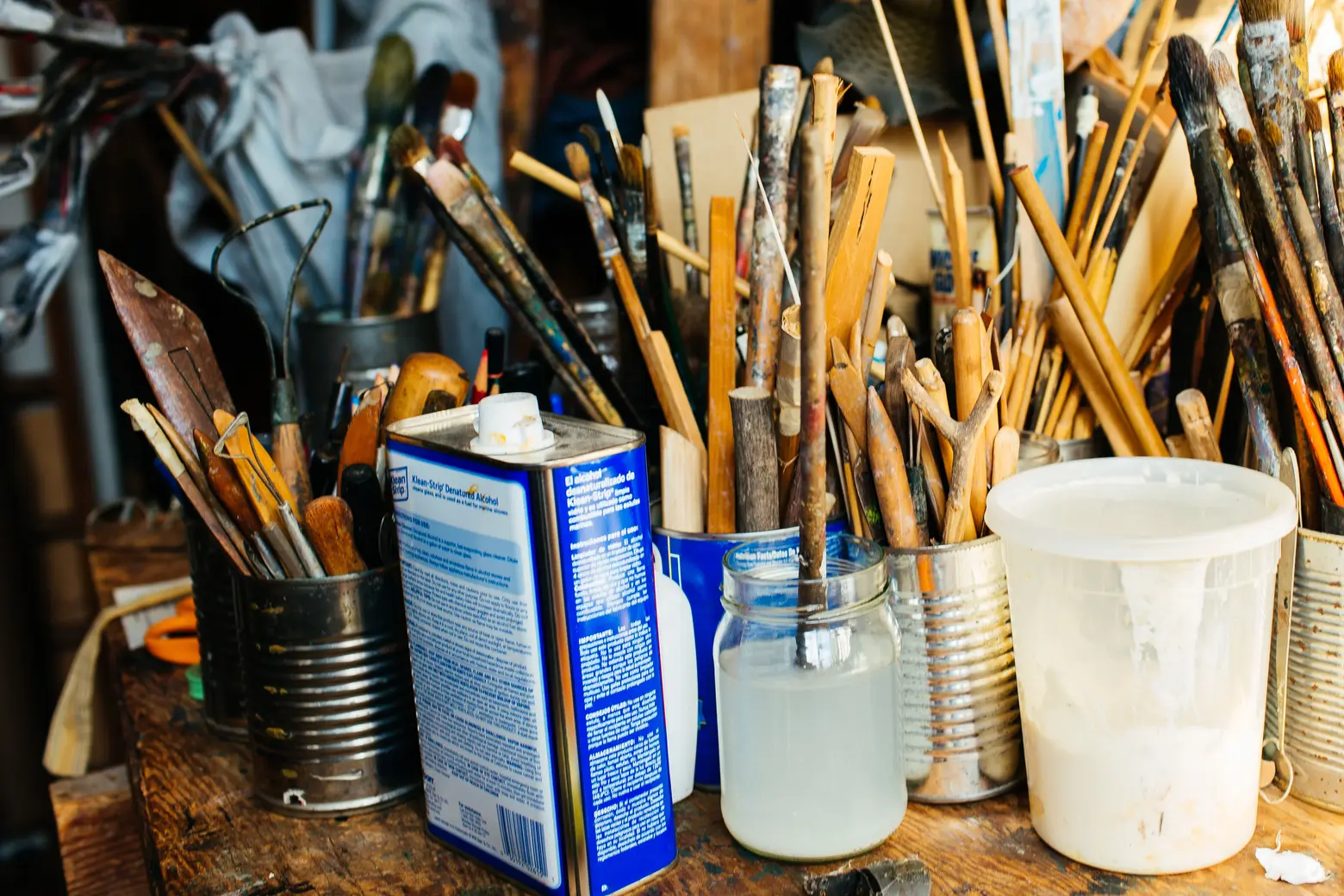
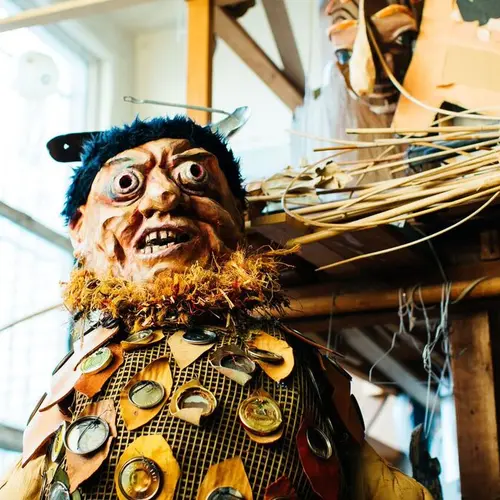
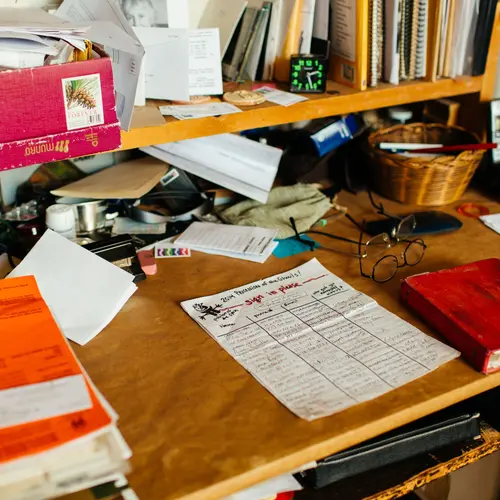
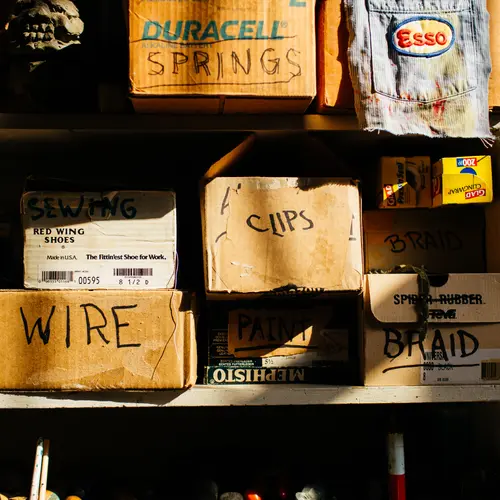
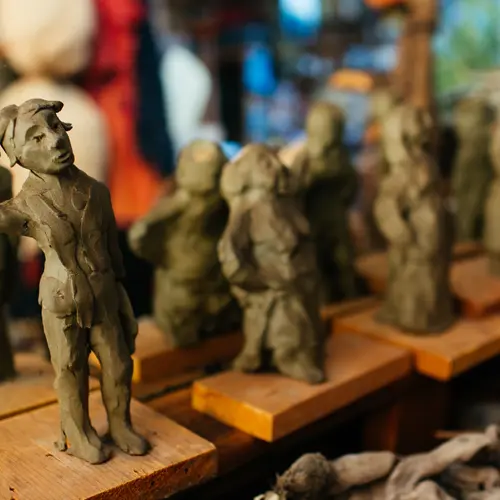
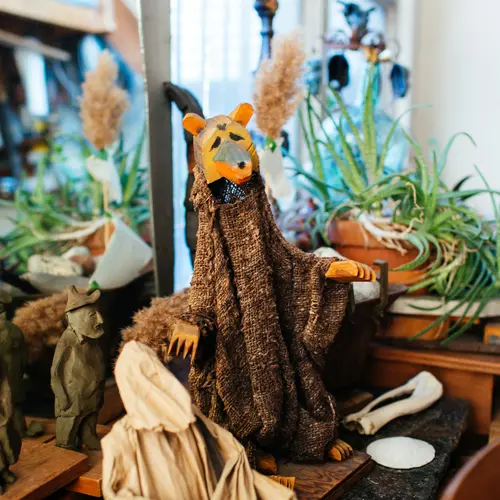
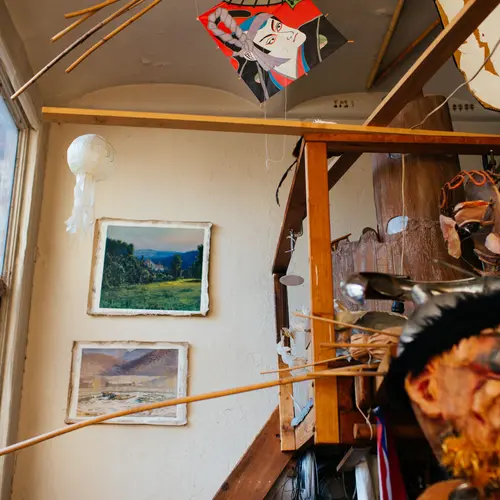
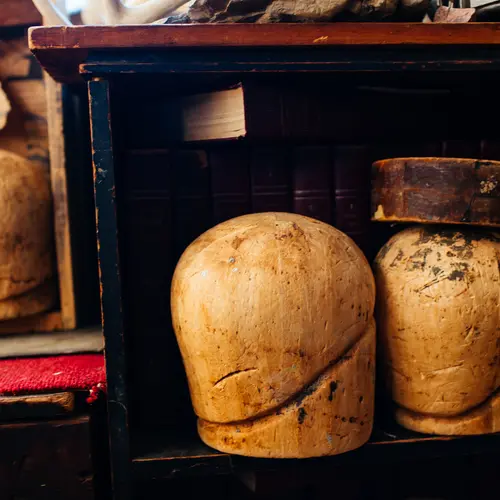
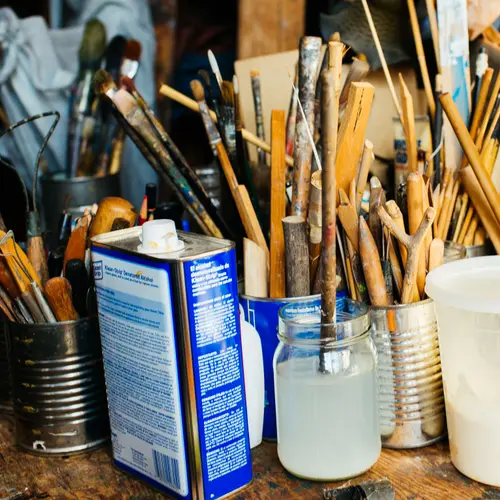
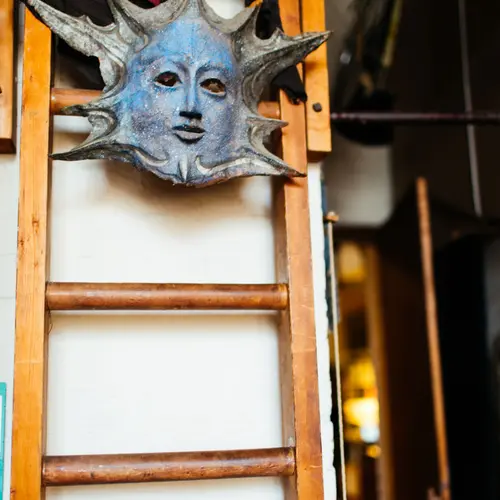
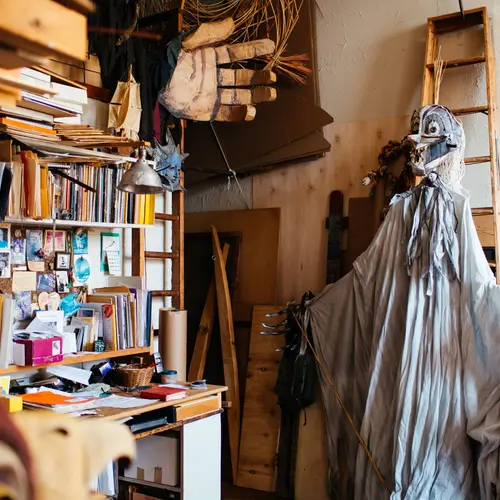
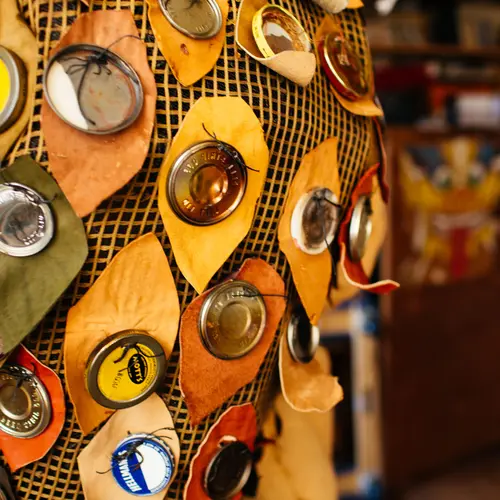
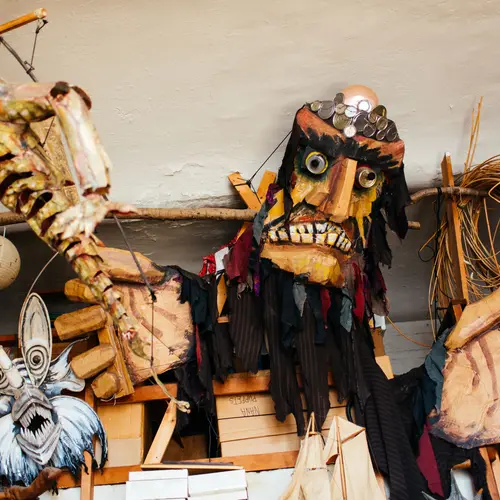
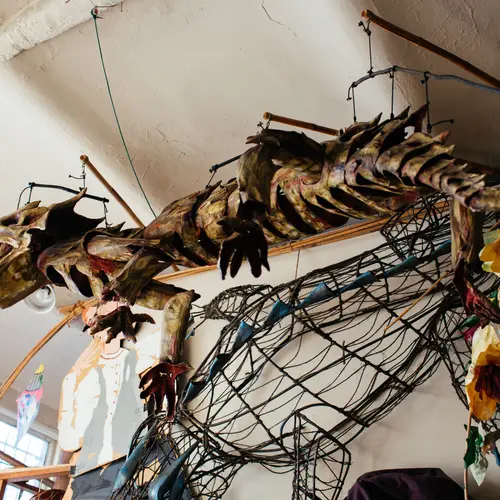
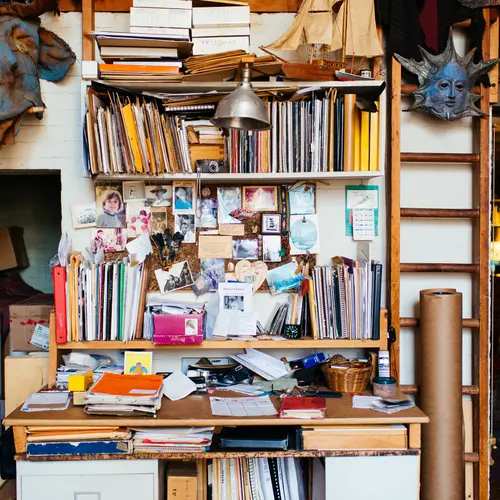
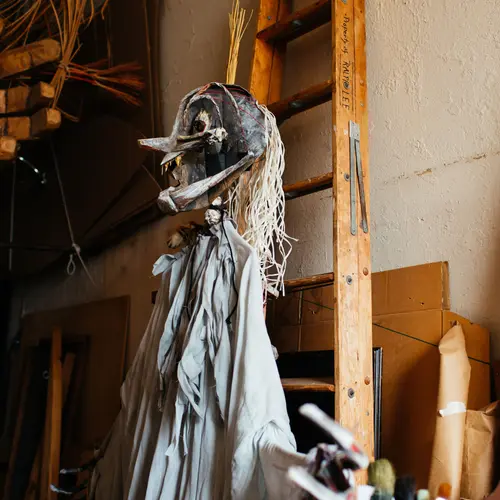
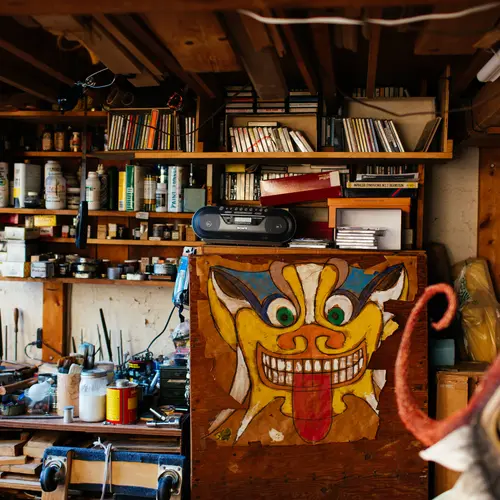
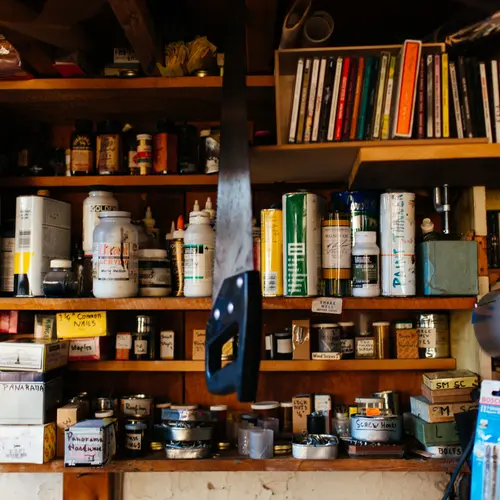
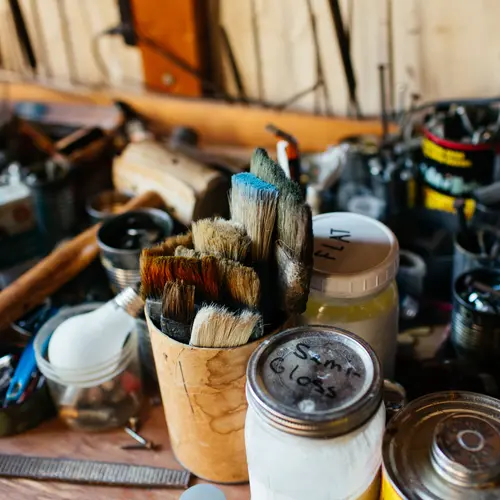
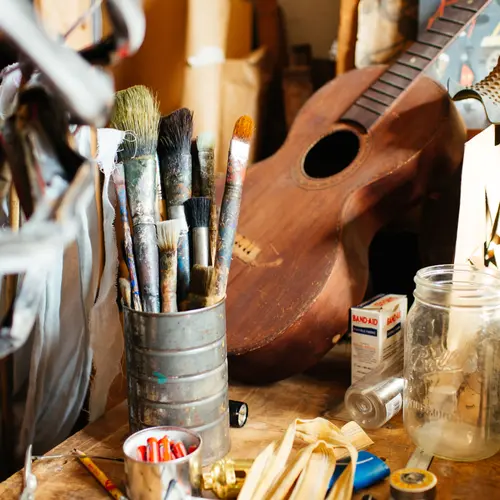
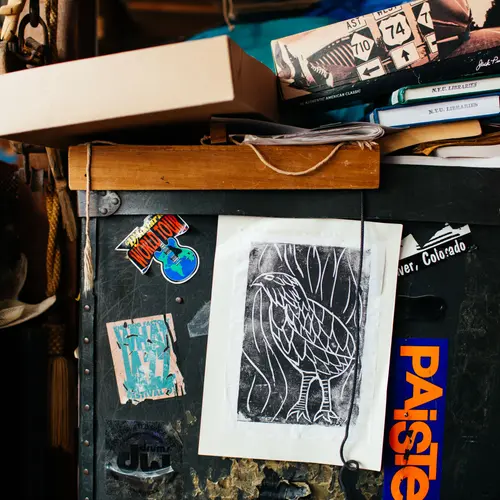
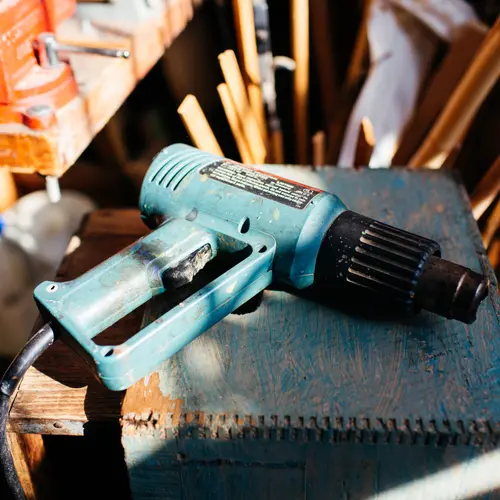
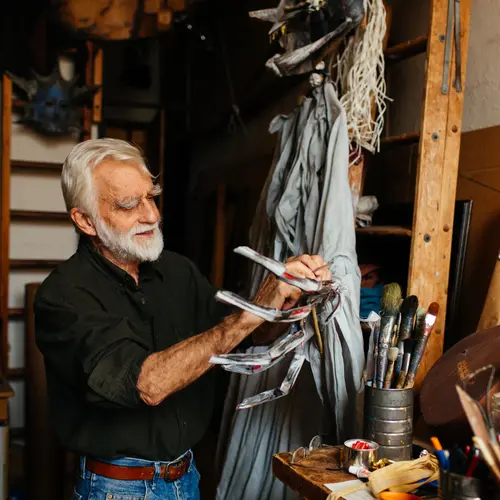
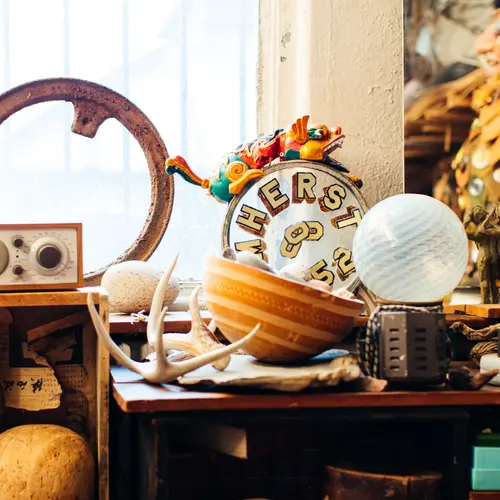
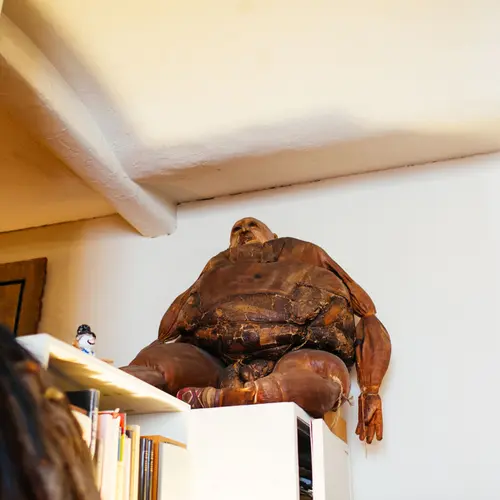
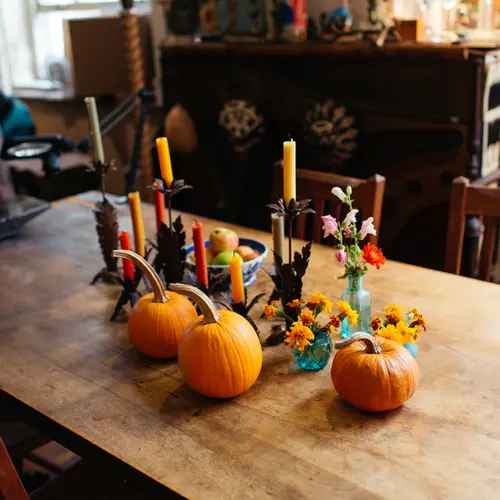
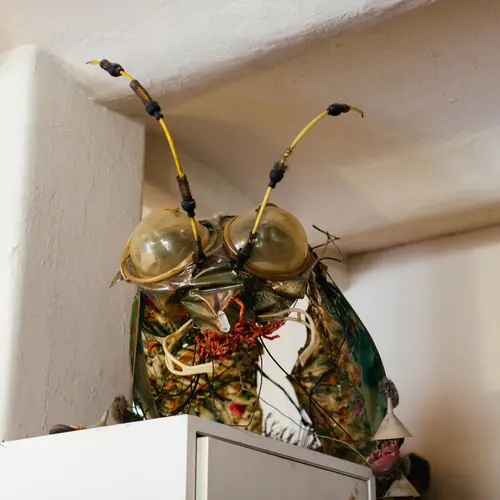
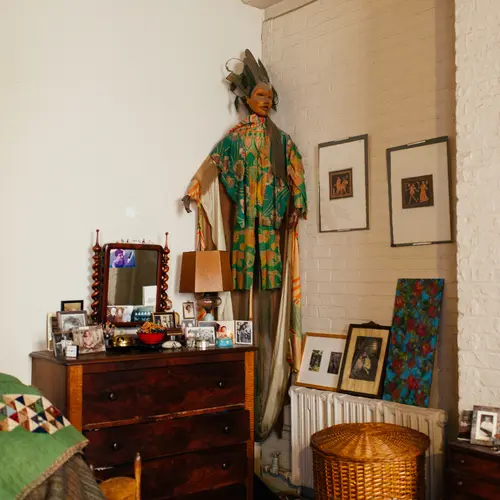
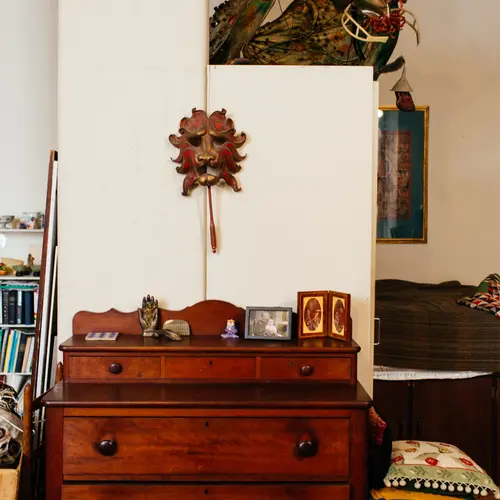
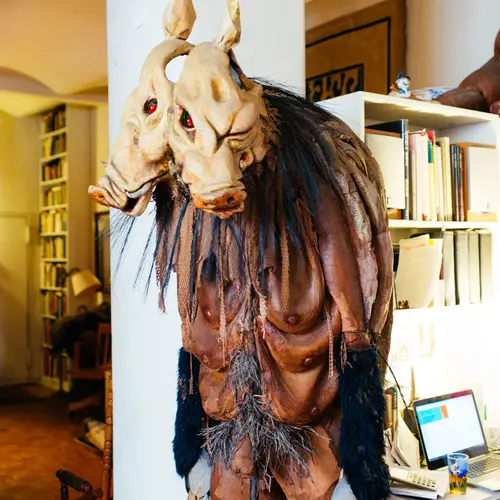
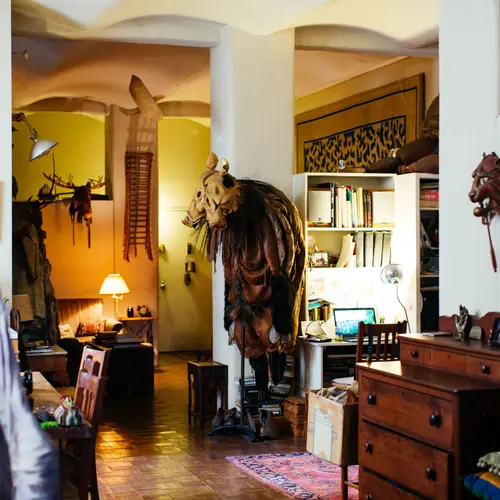
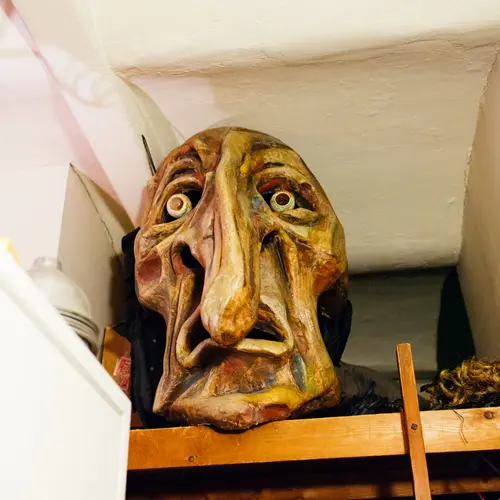
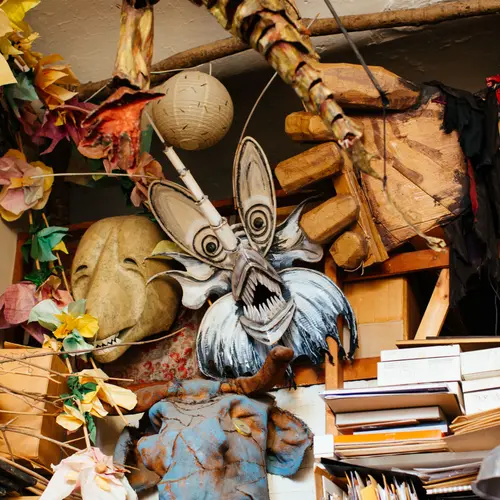
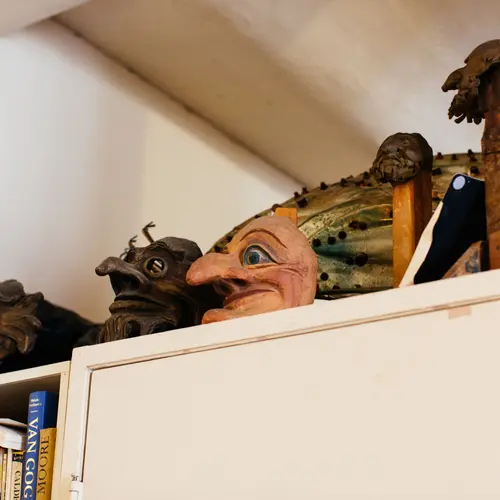
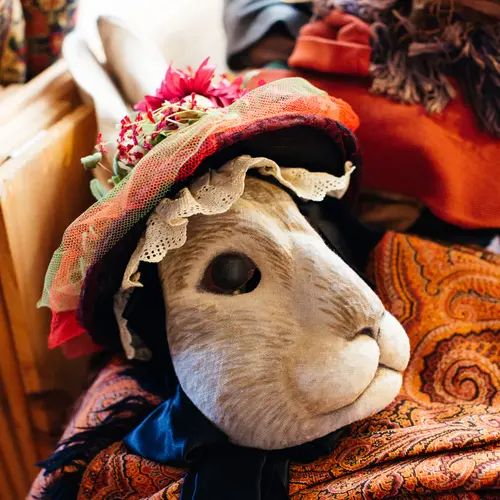
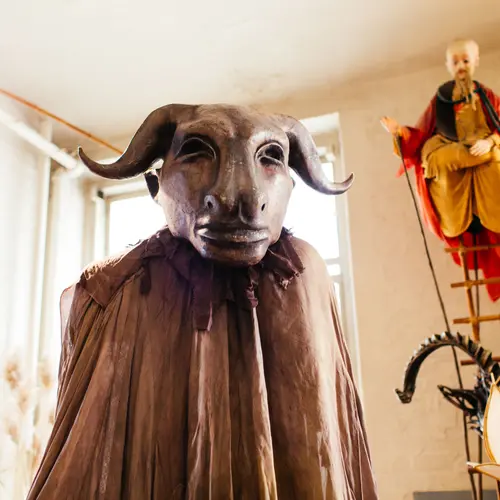
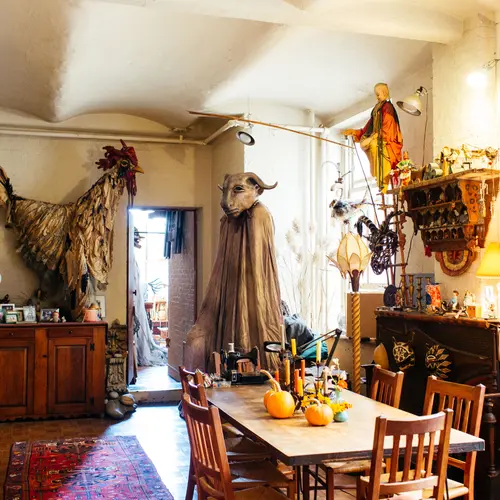
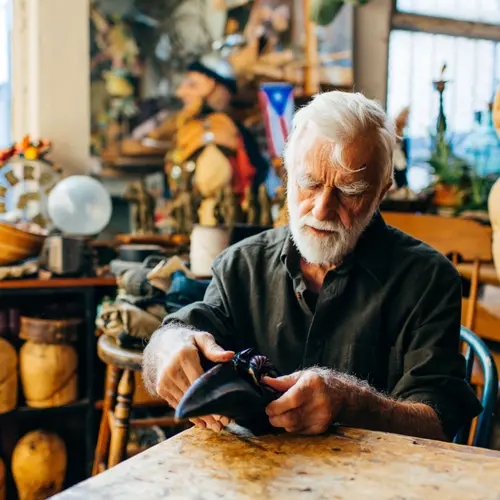
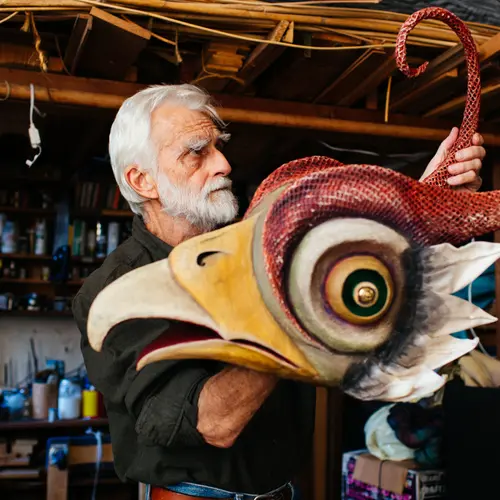
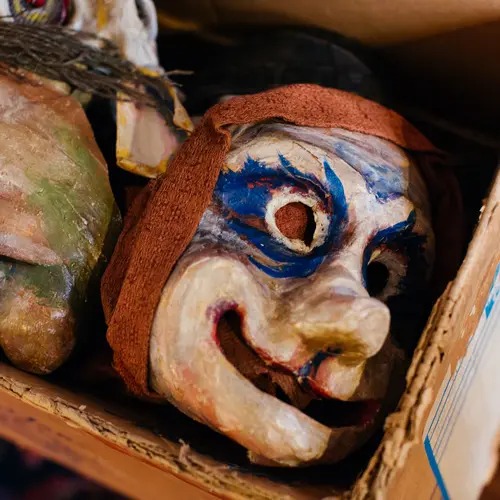
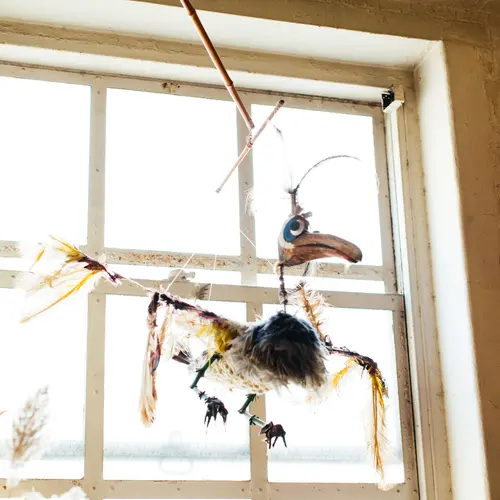
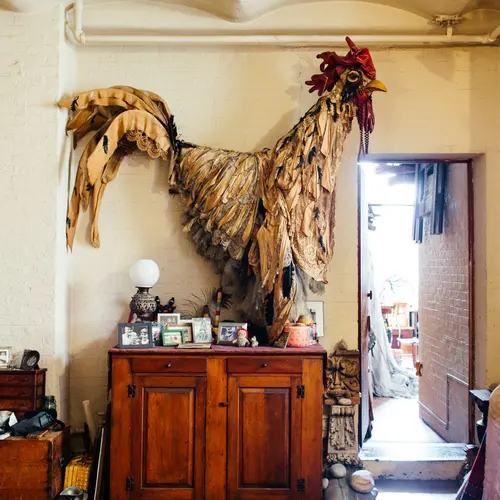

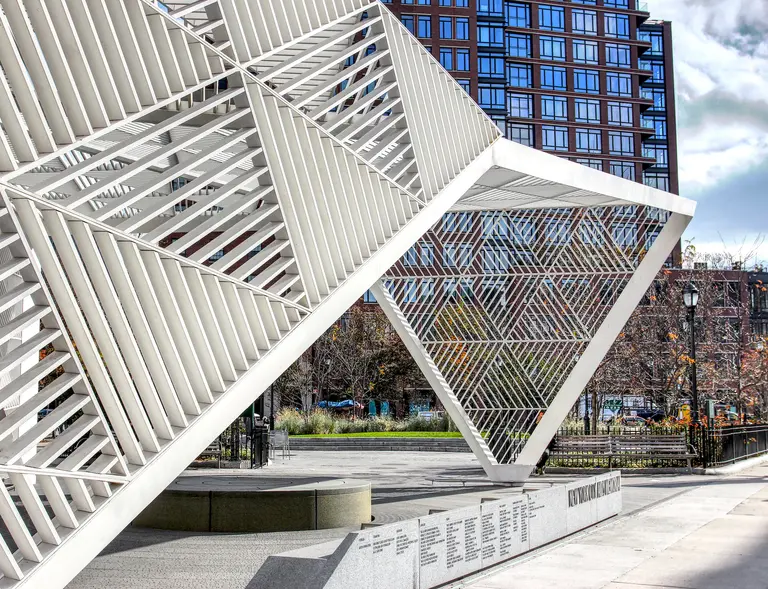
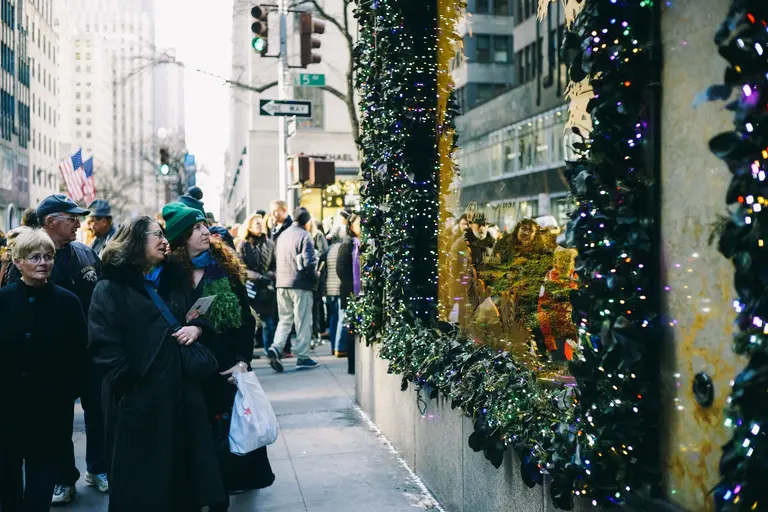
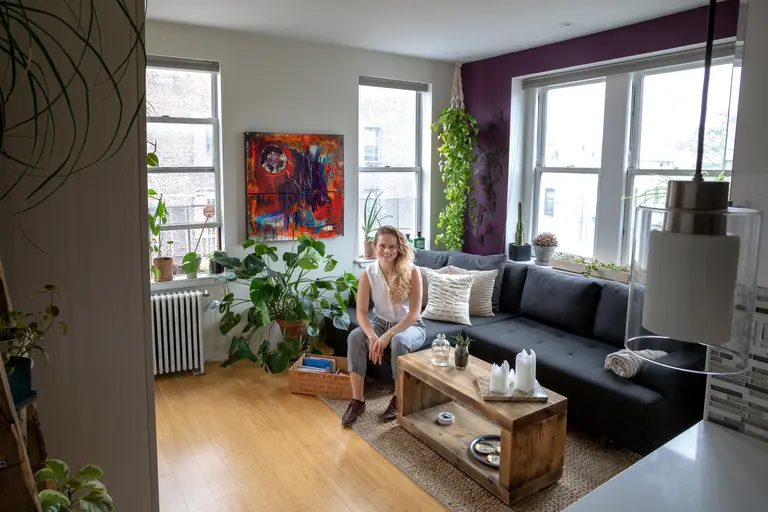
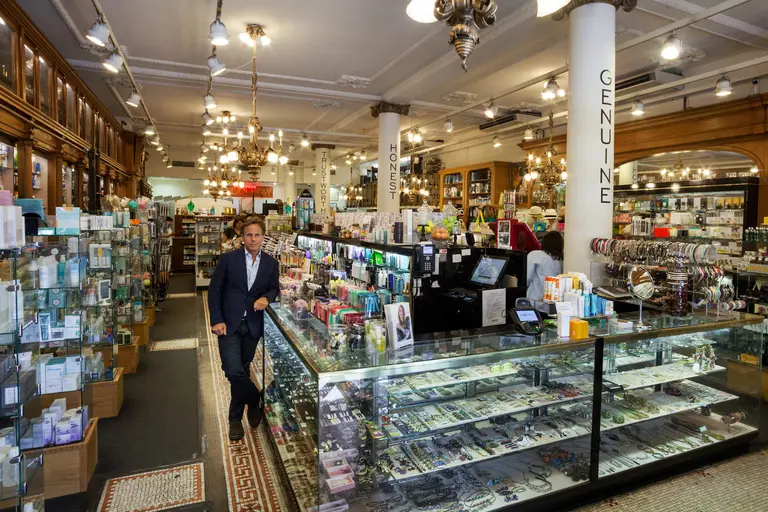
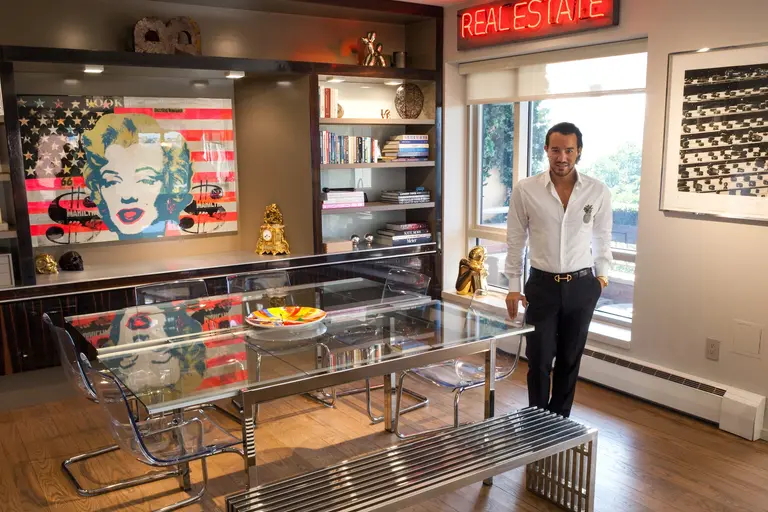





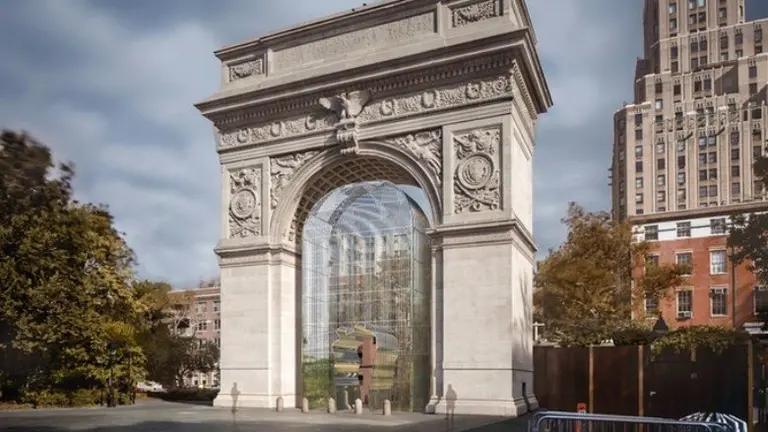
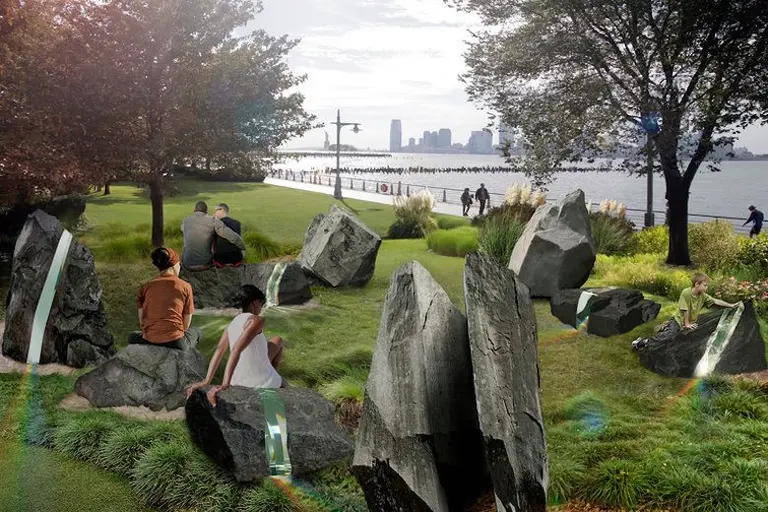
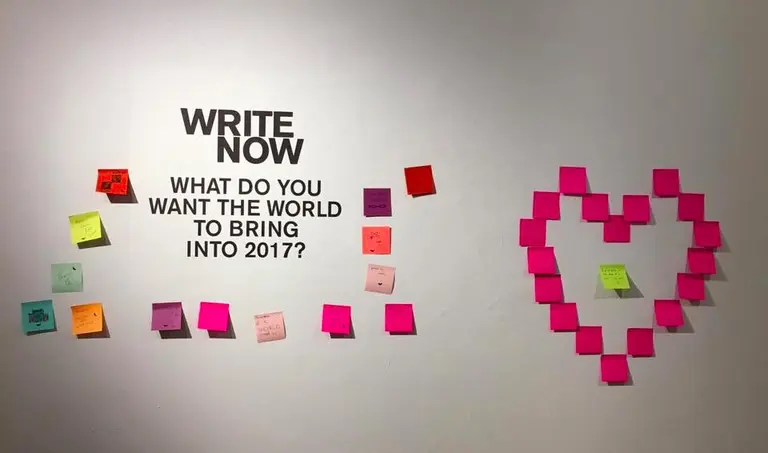
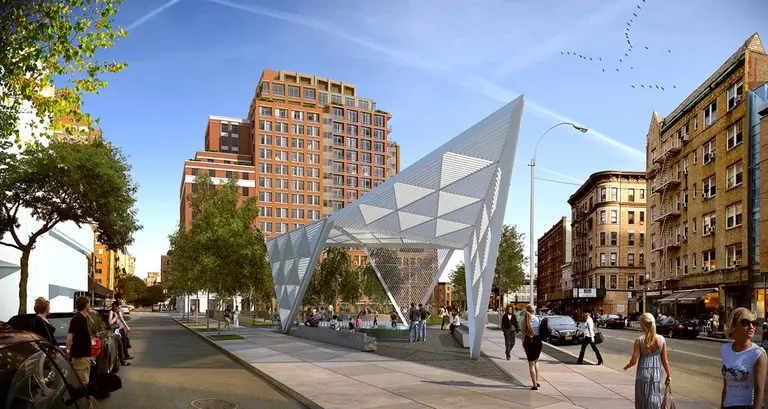
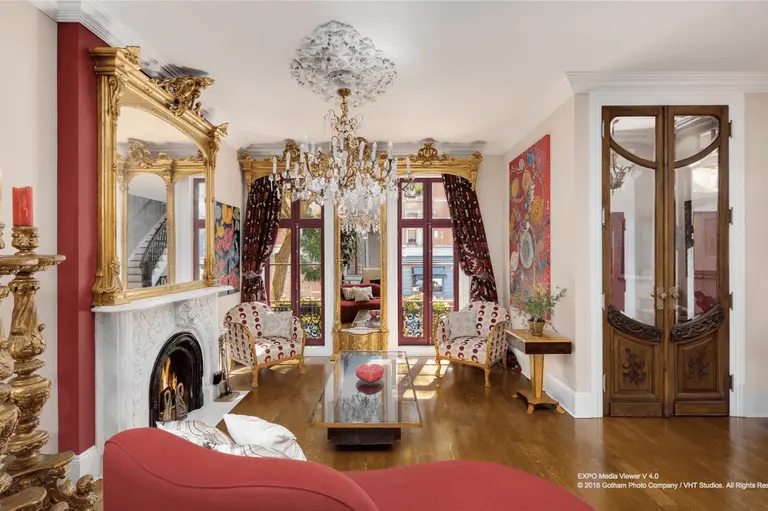
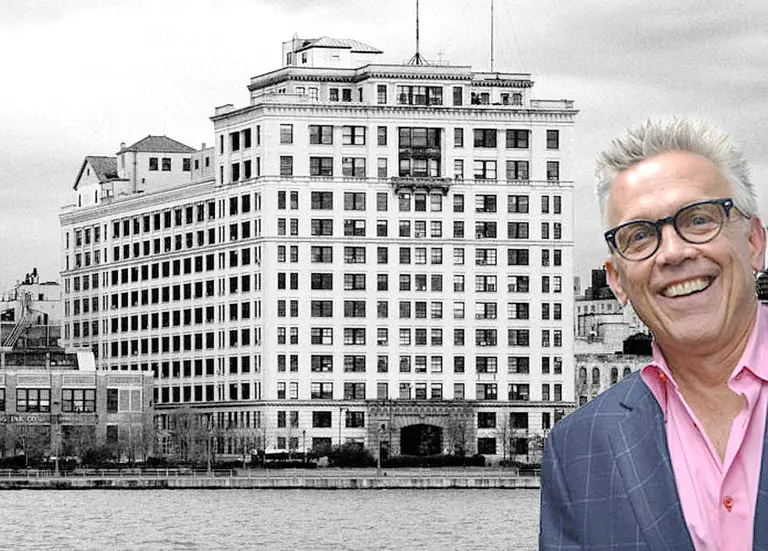












WOW. Such an amazing space. Also kudos to Ralph Lee–what a talent!
Nice photos & good piece about my Westbeth neighbor but most
of us residents don’t have 1400 sq feet. My place is much smaller.